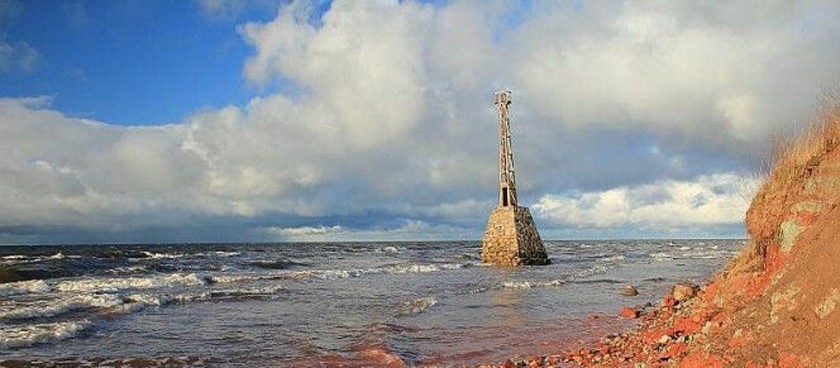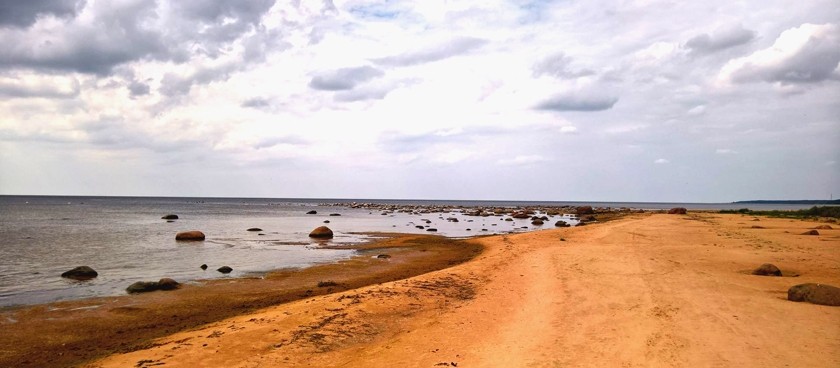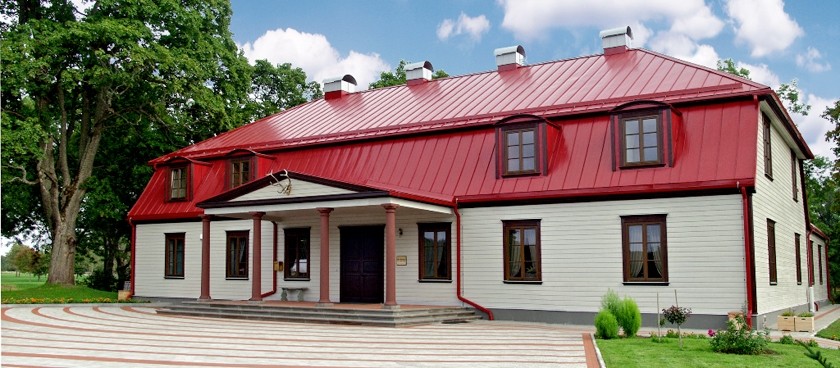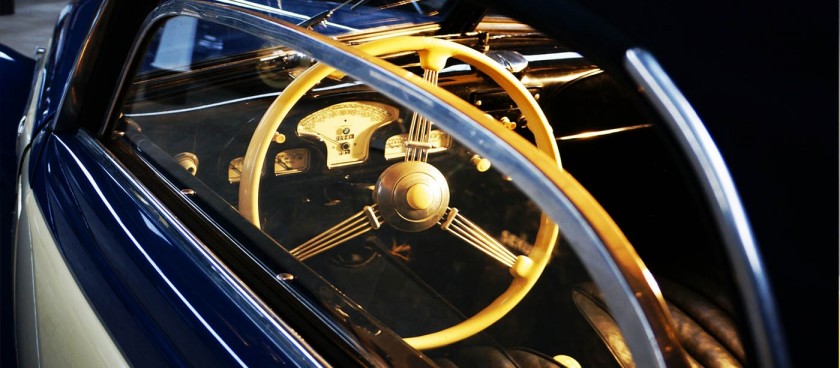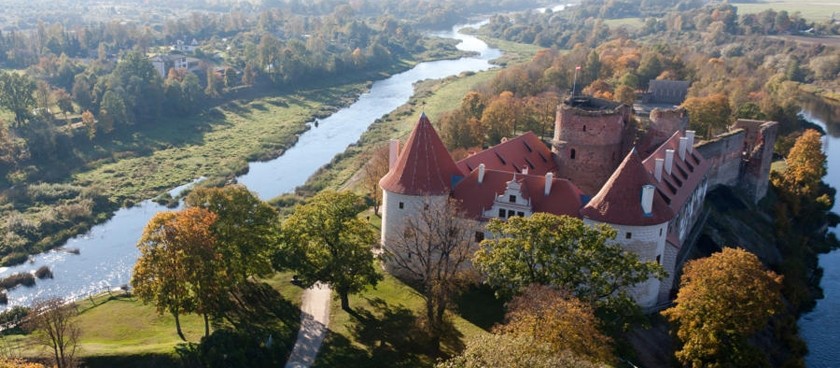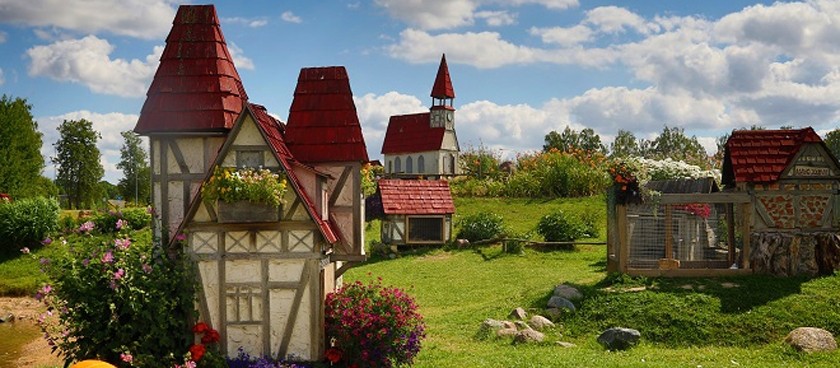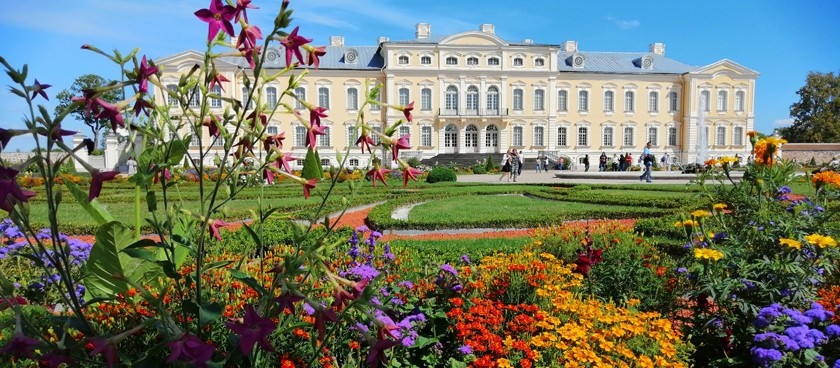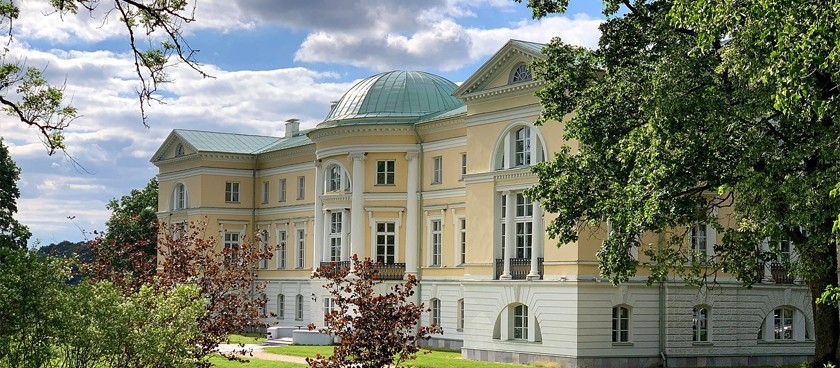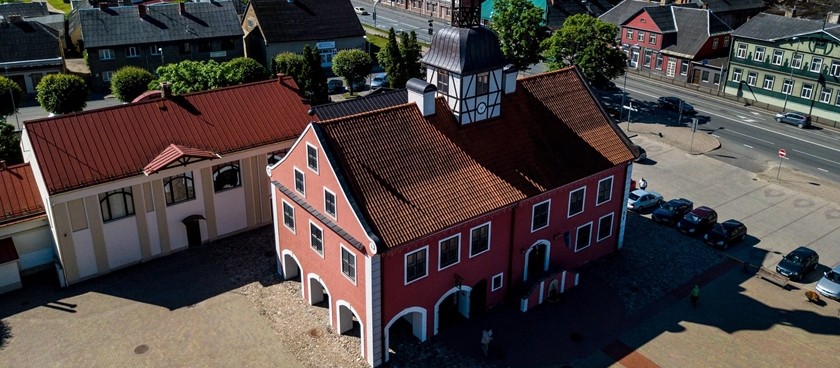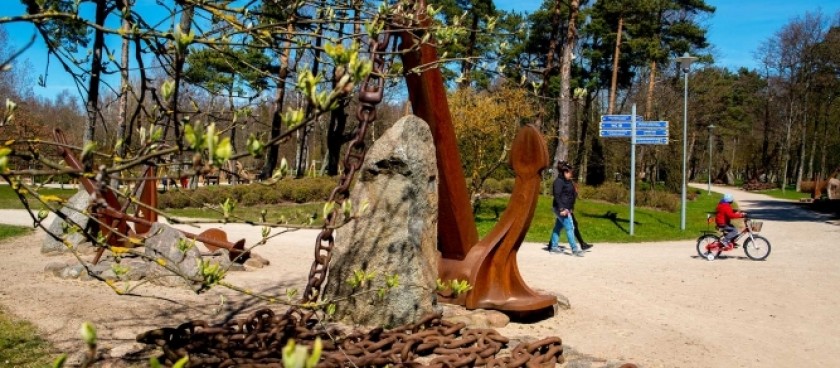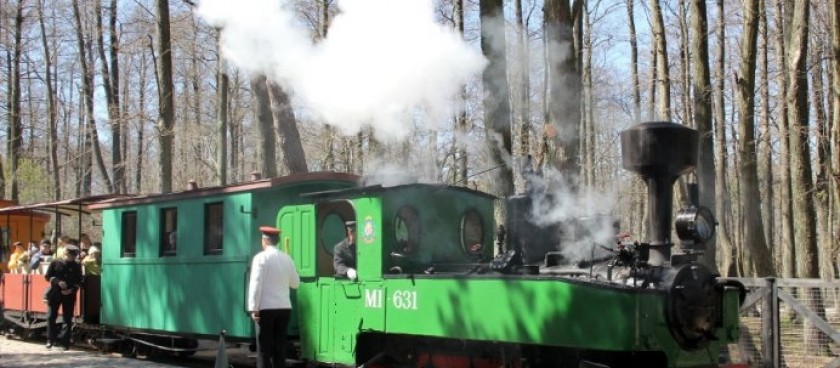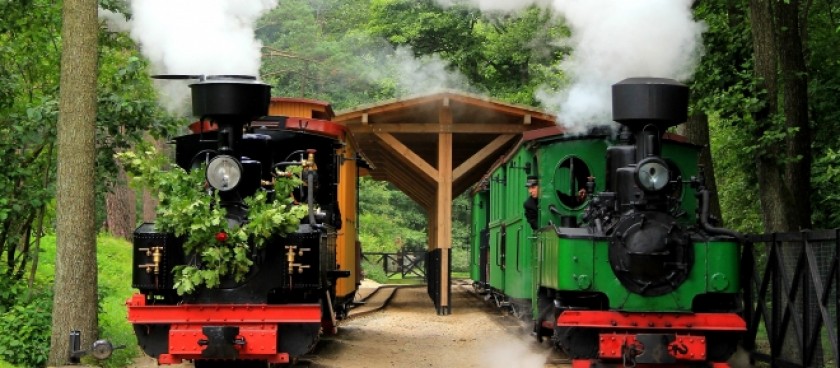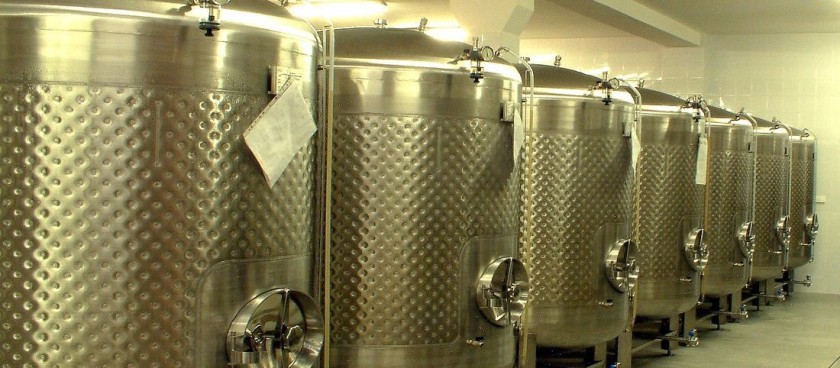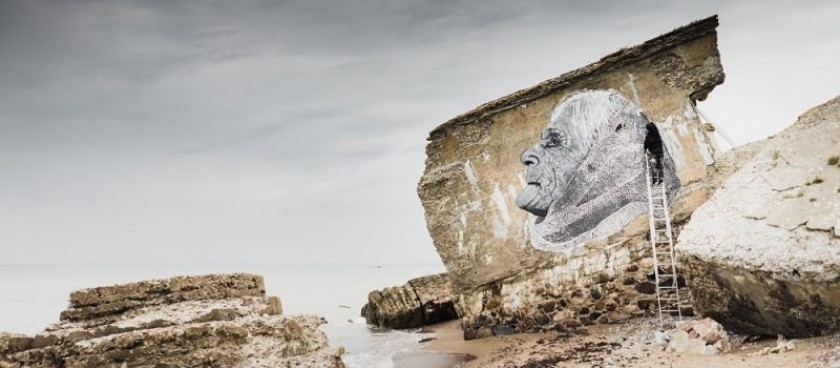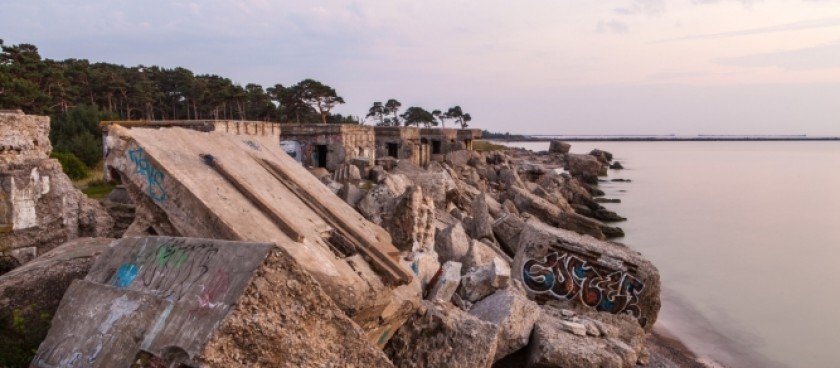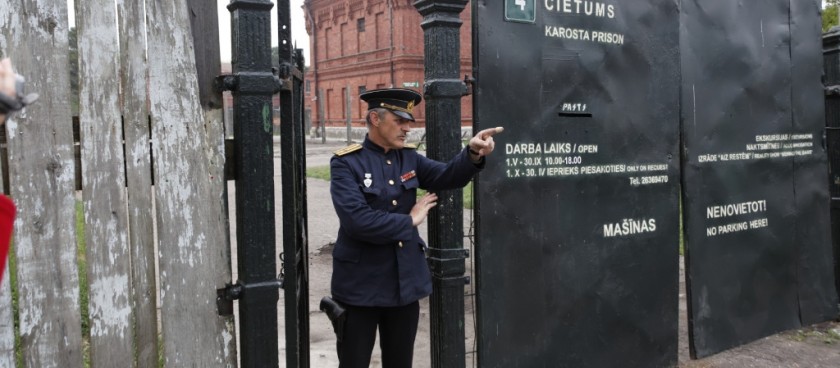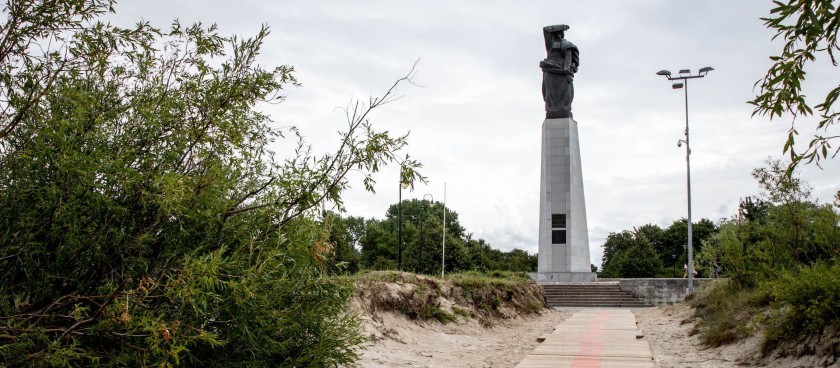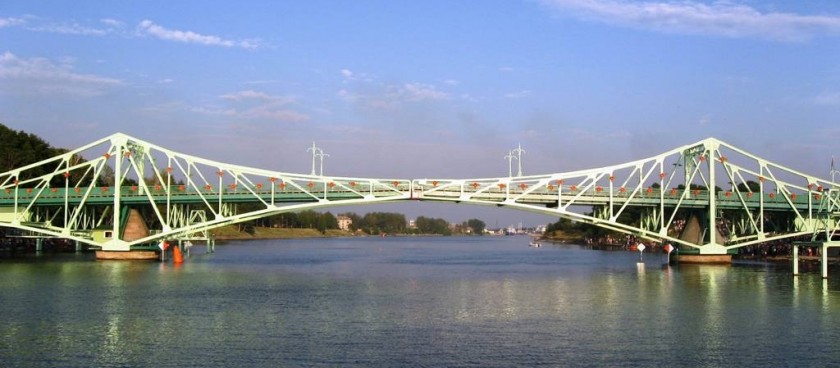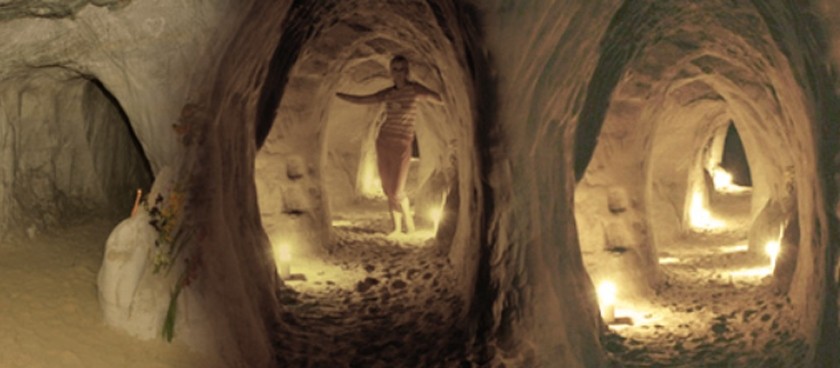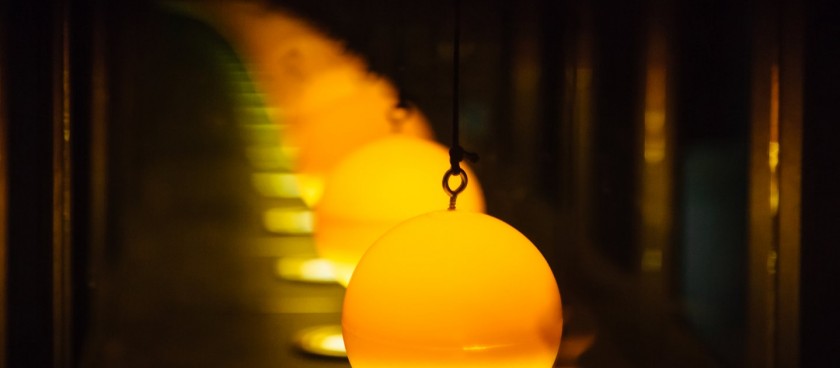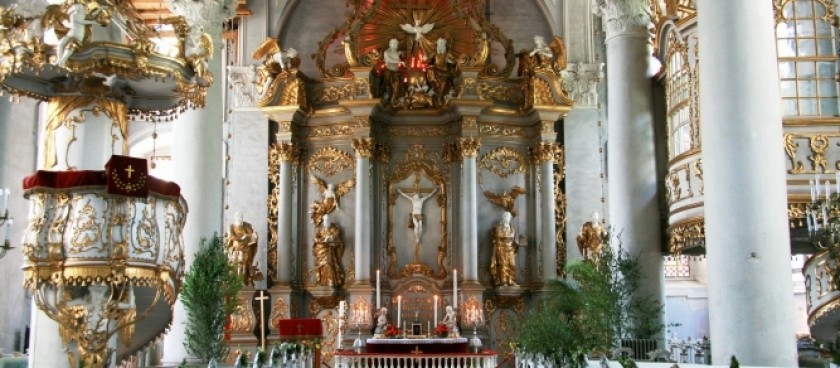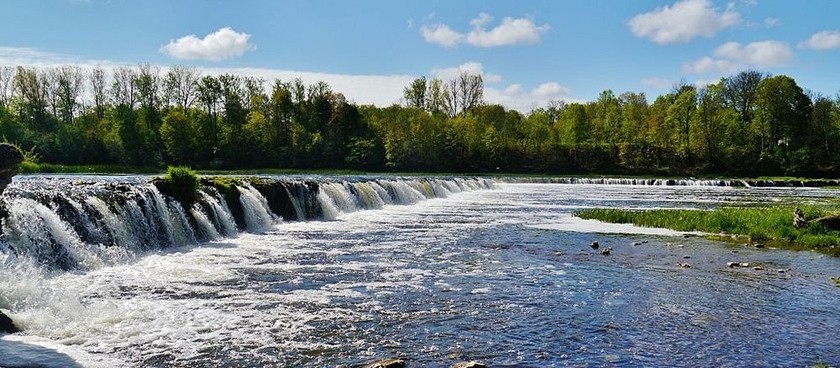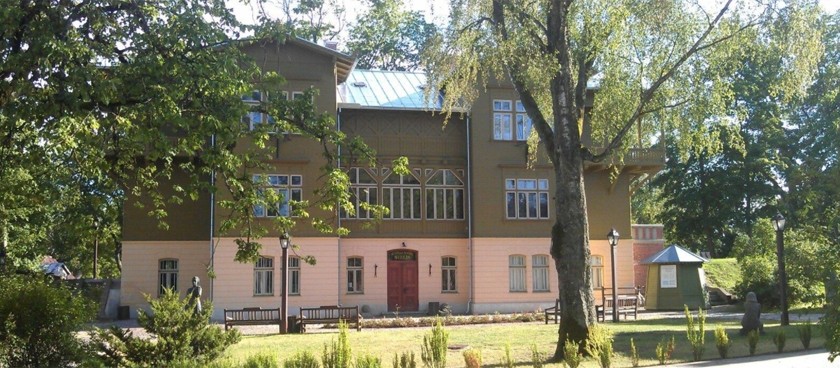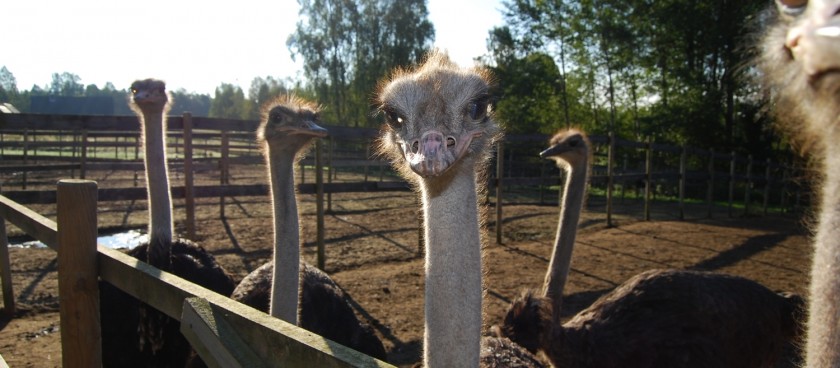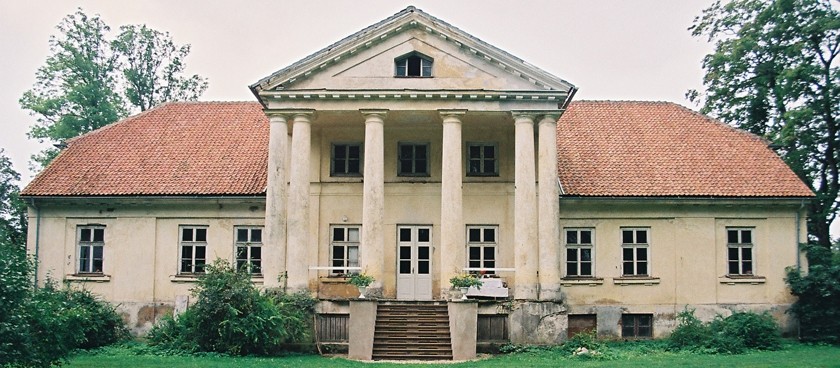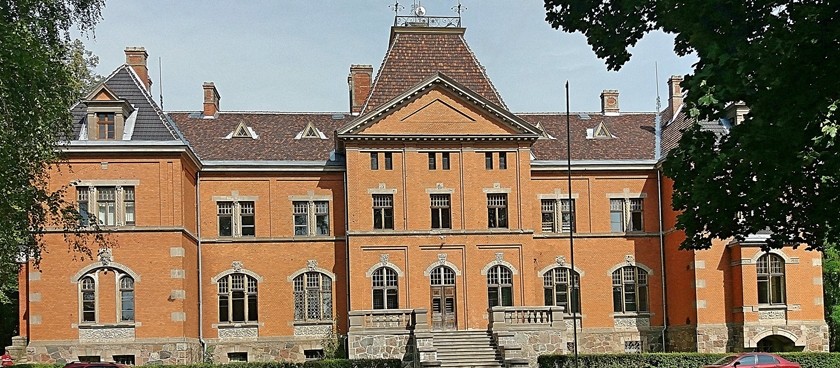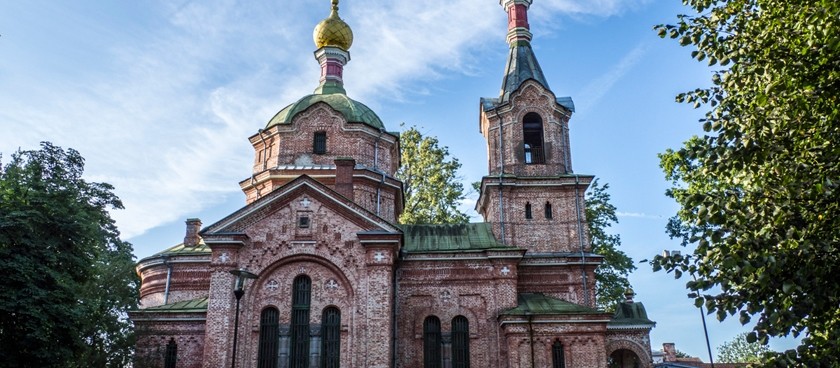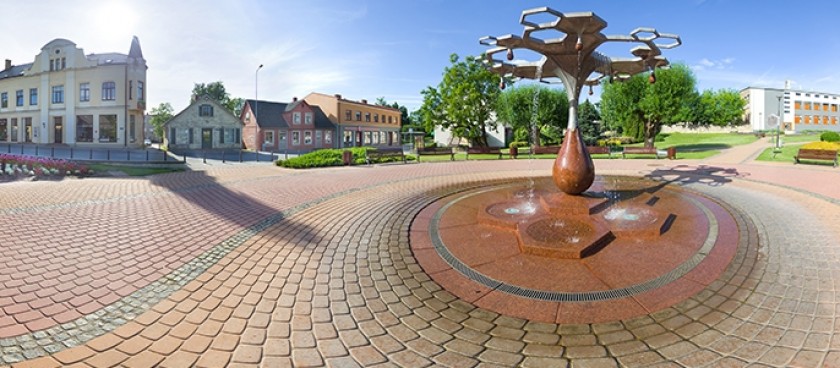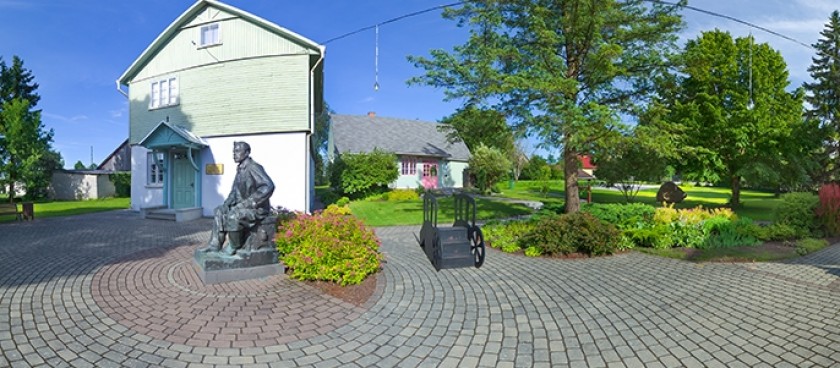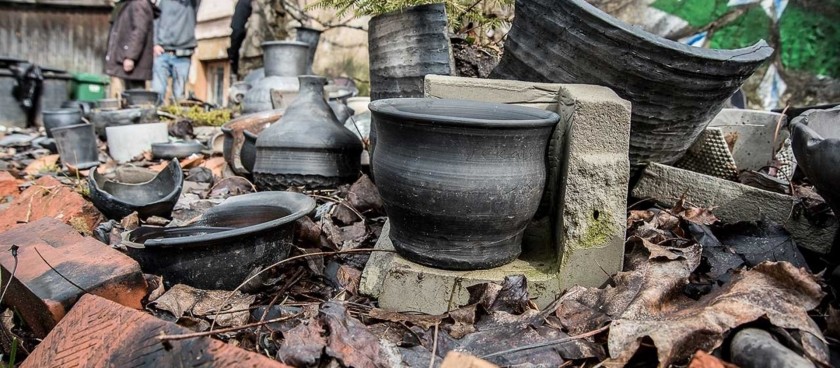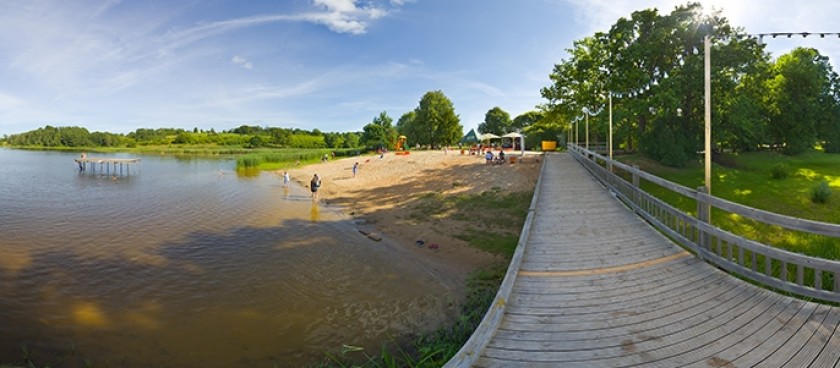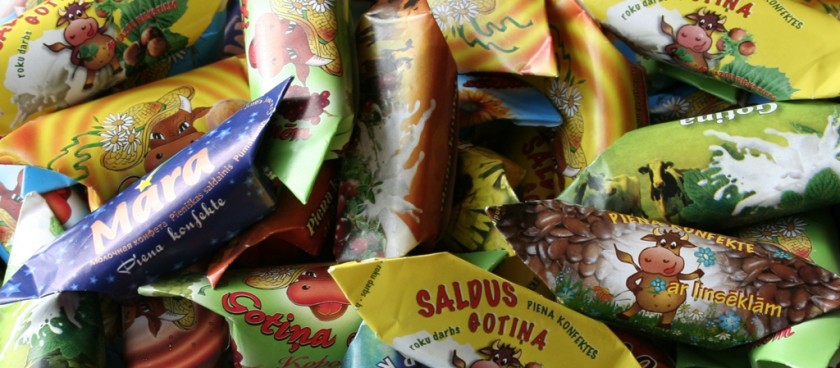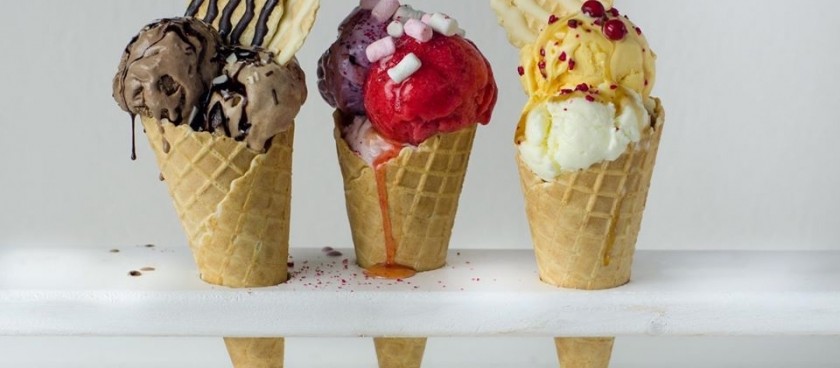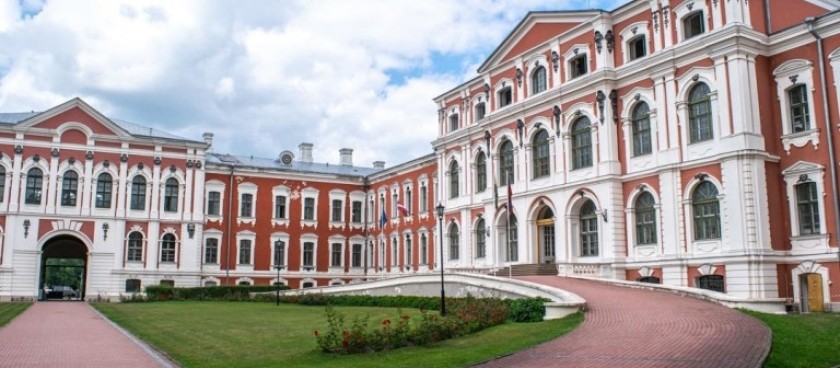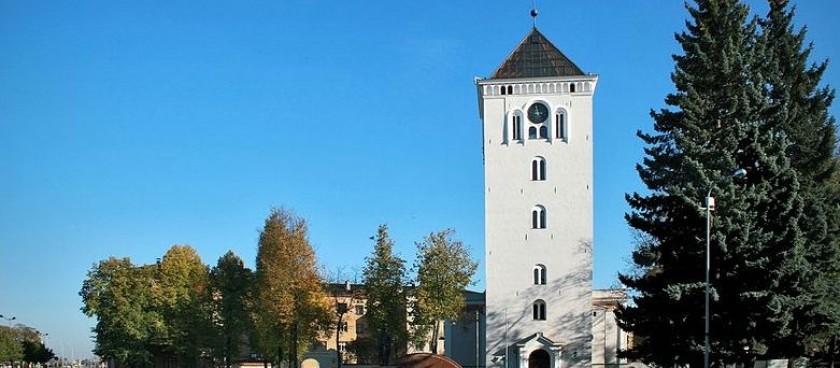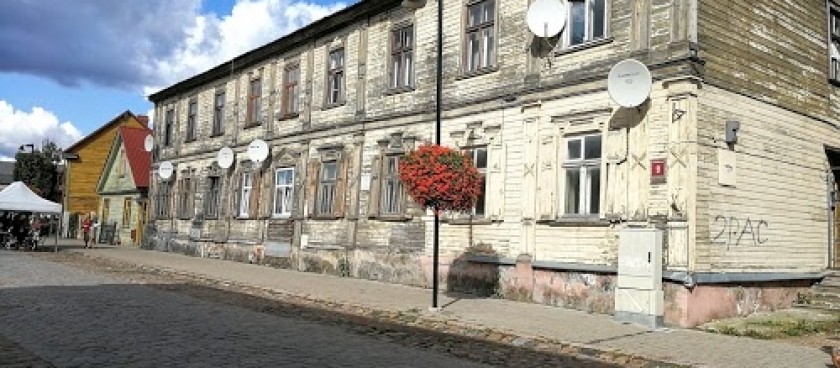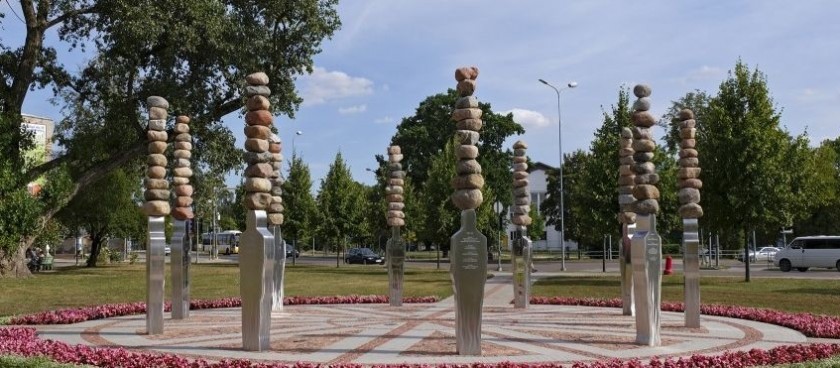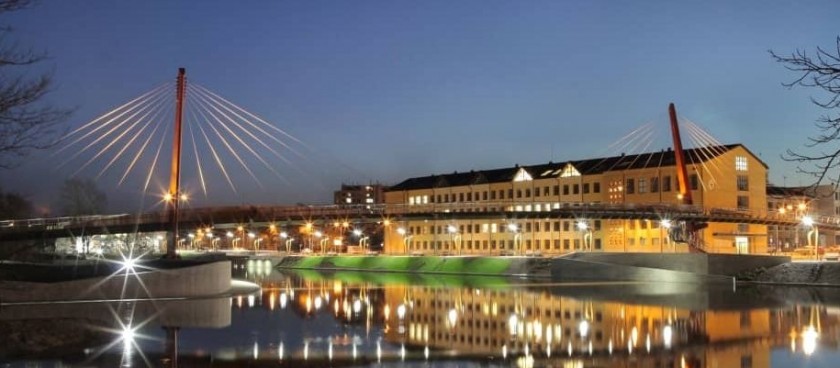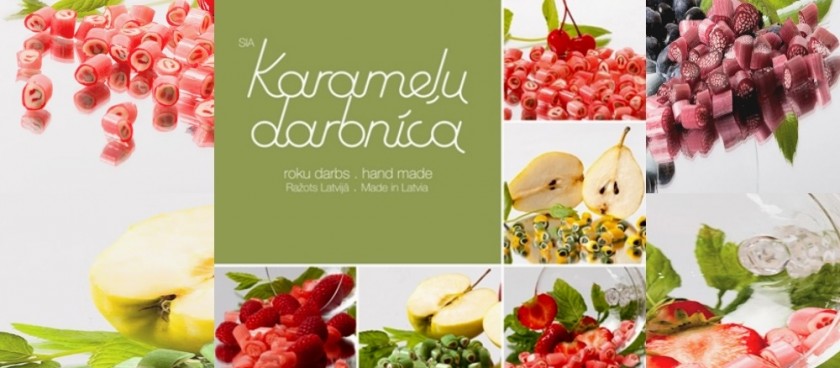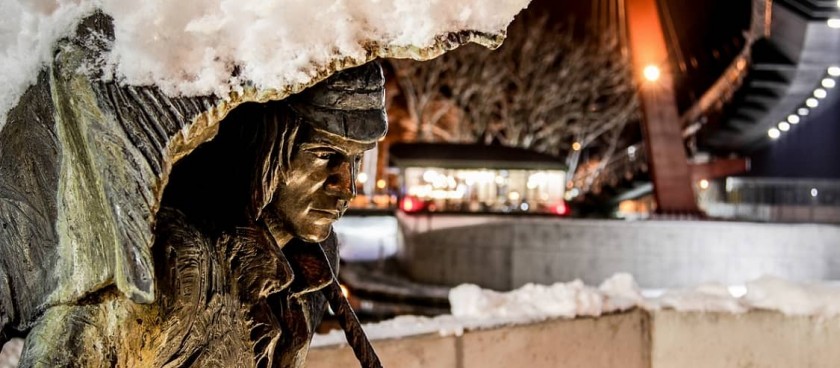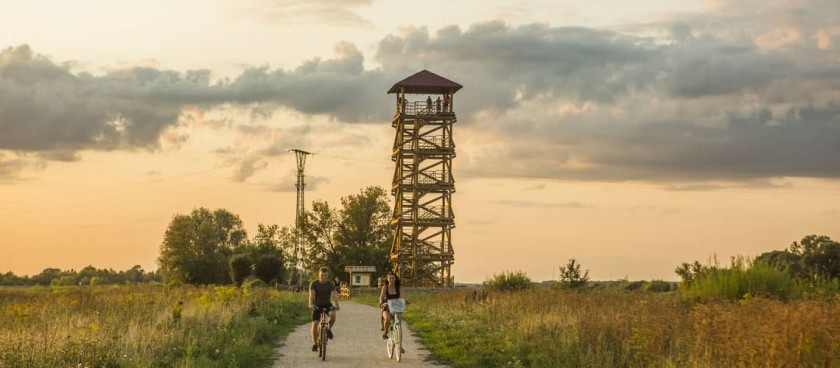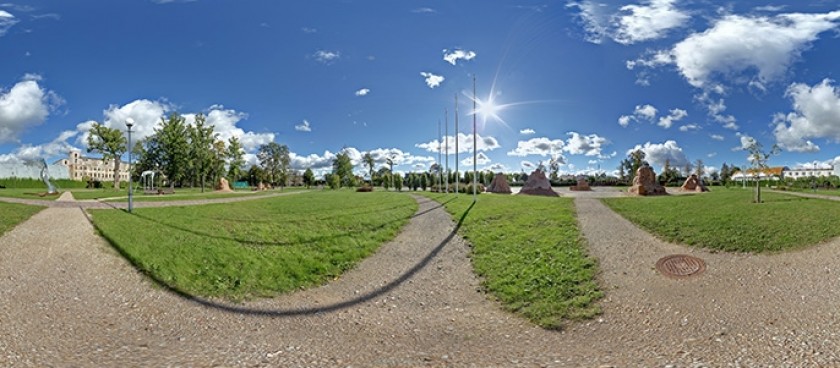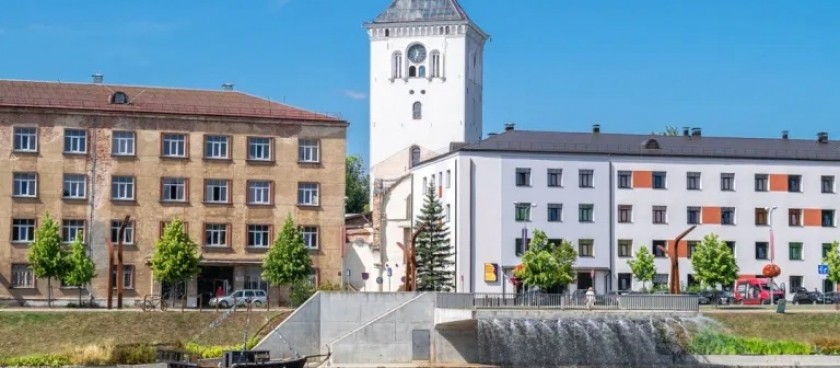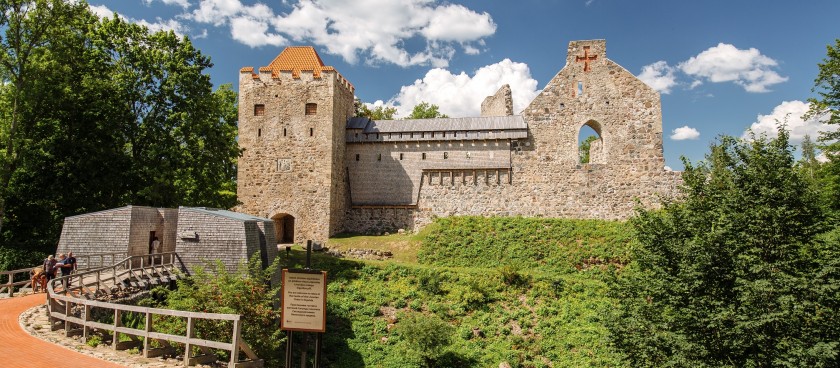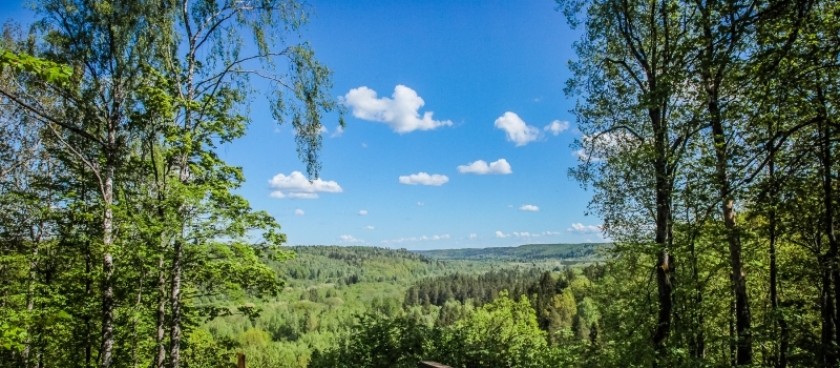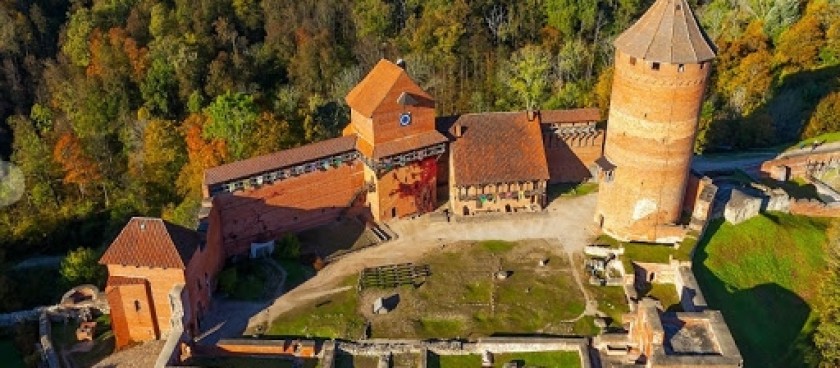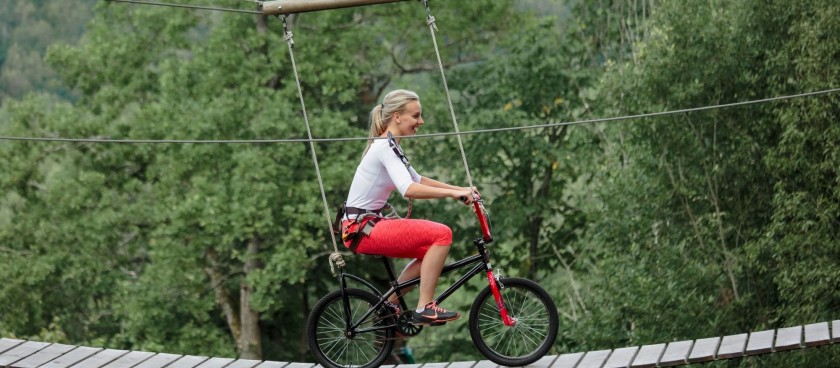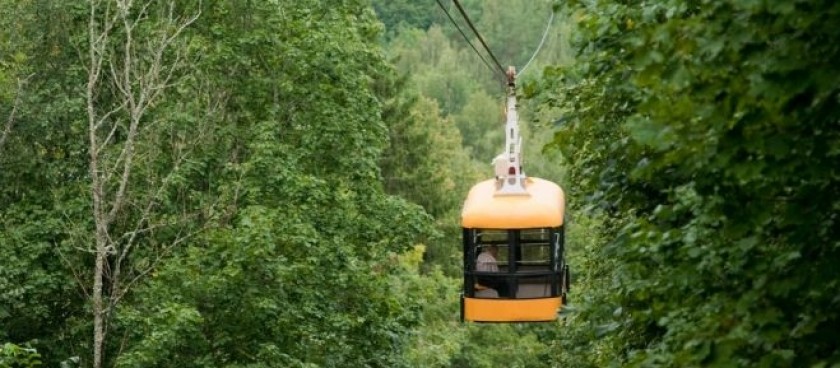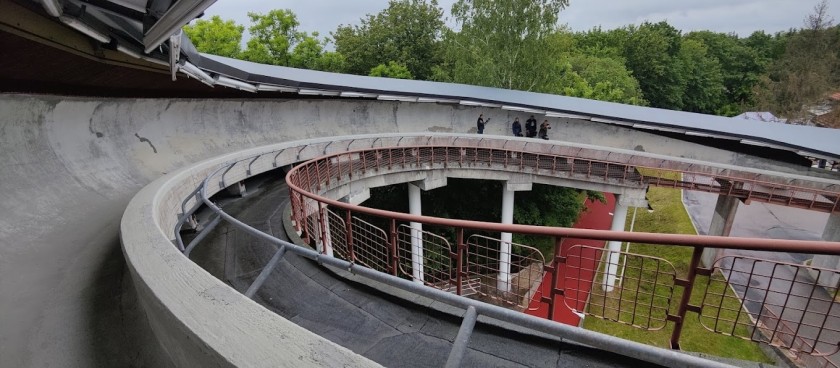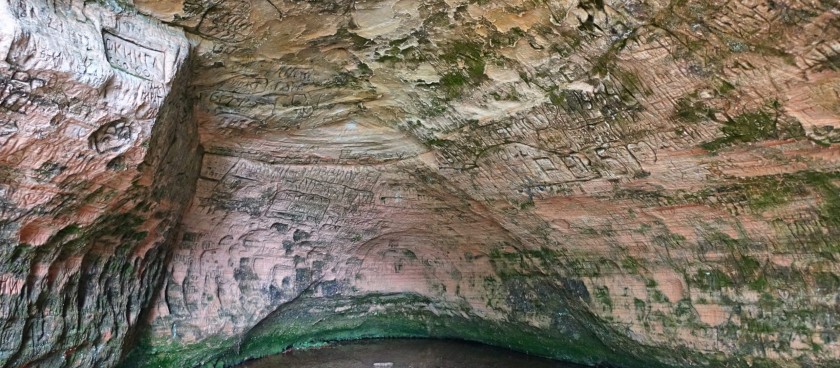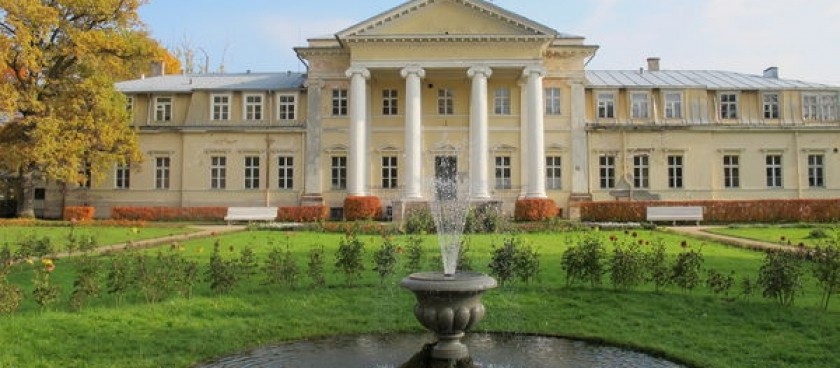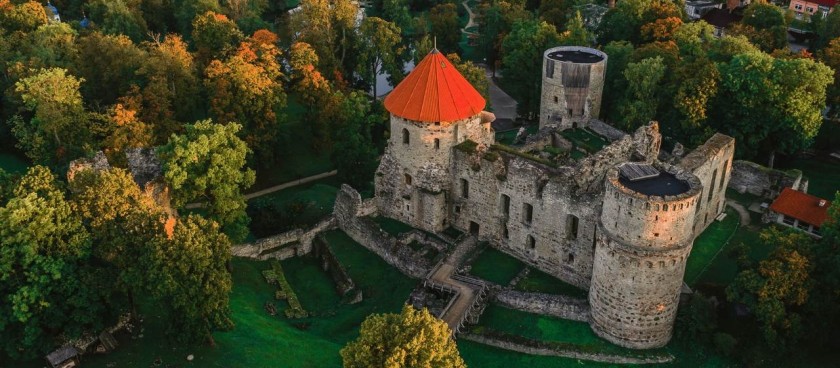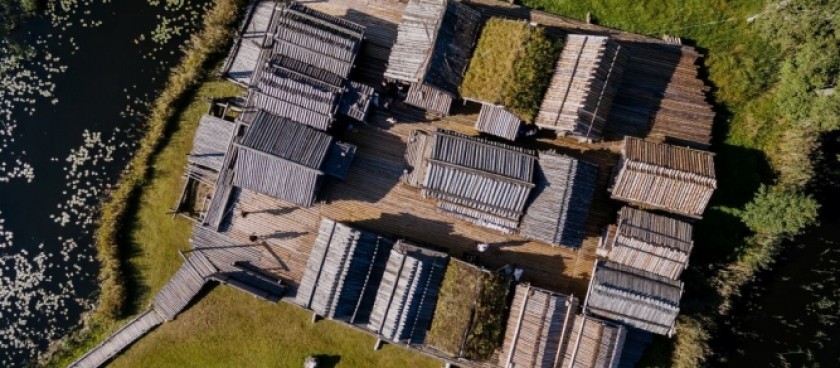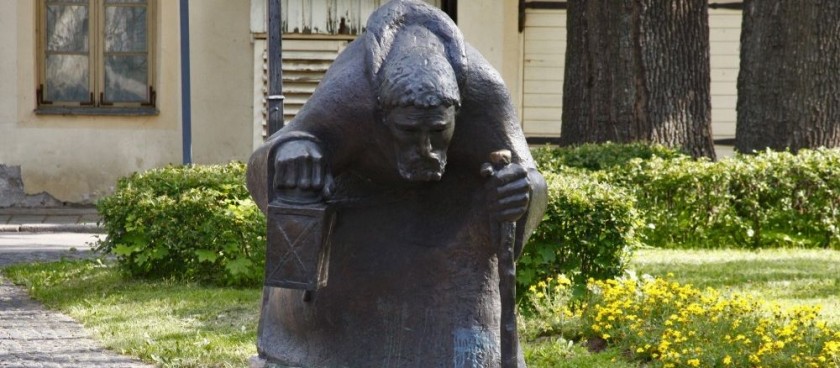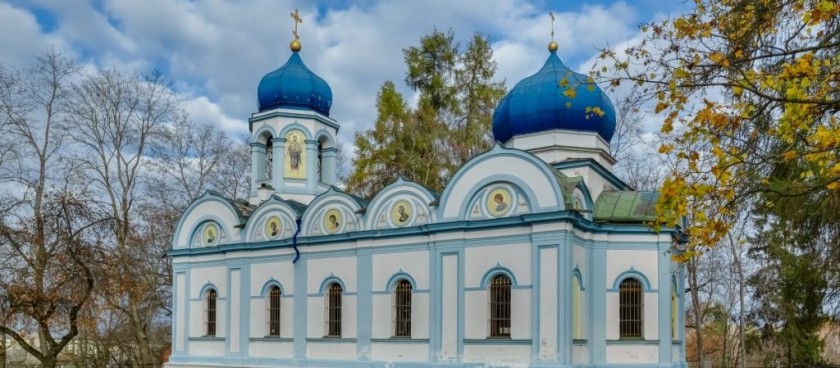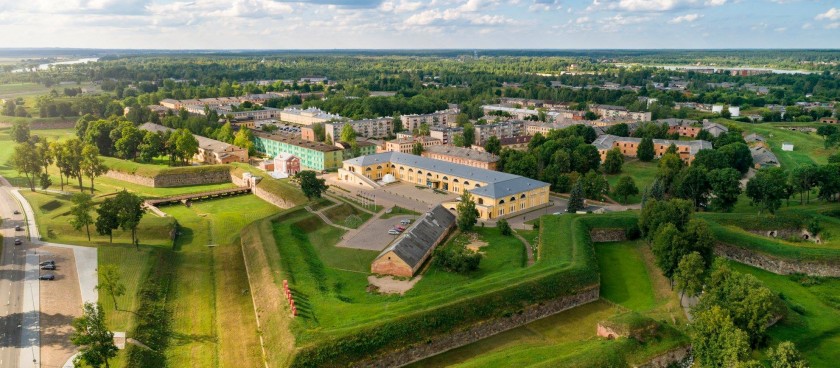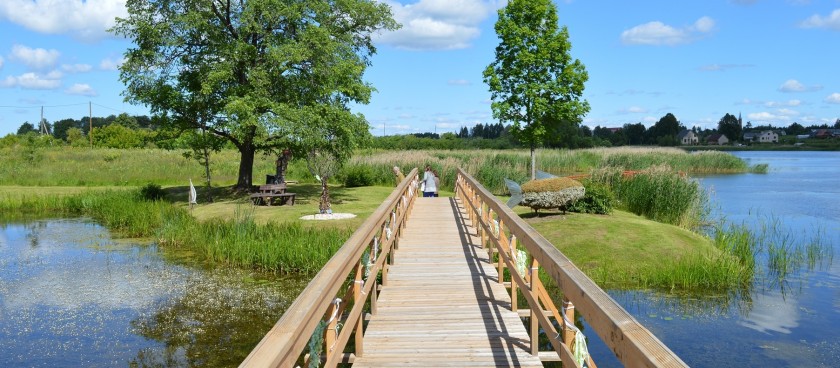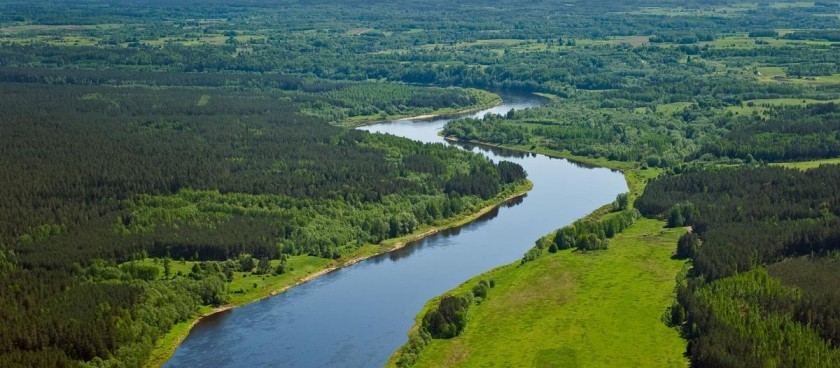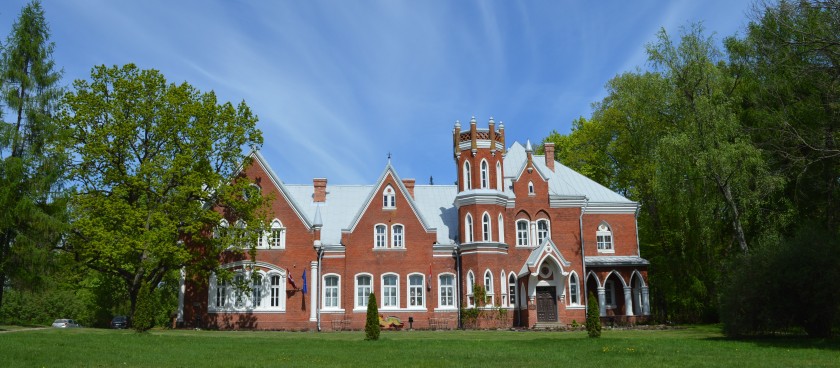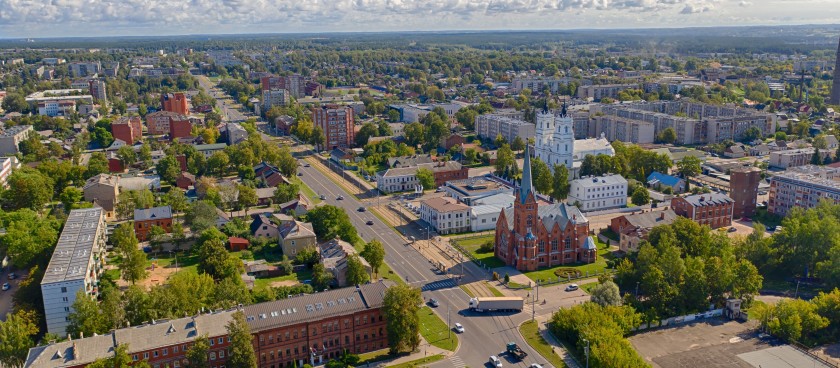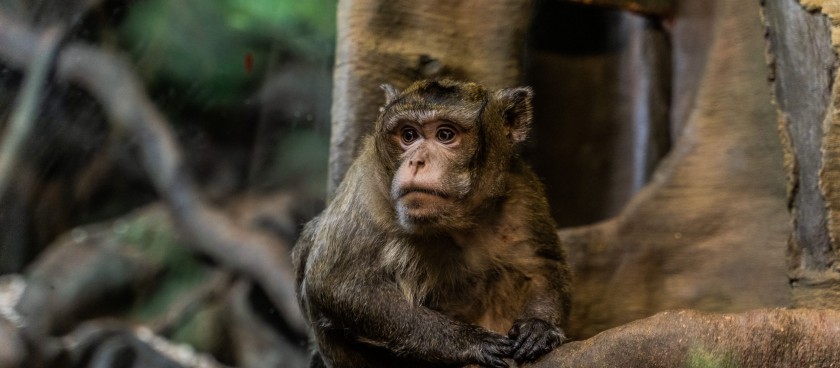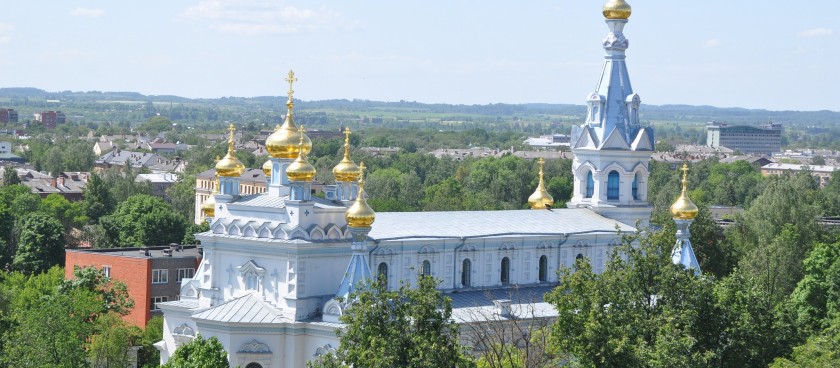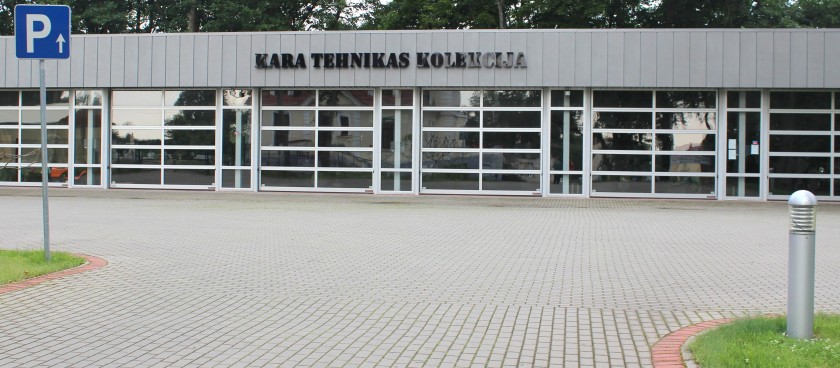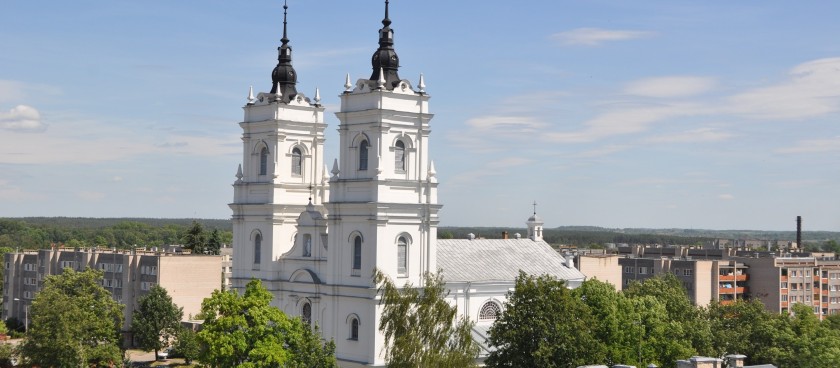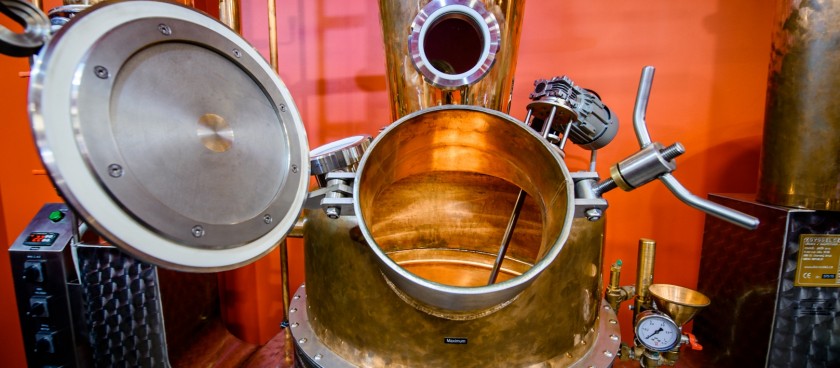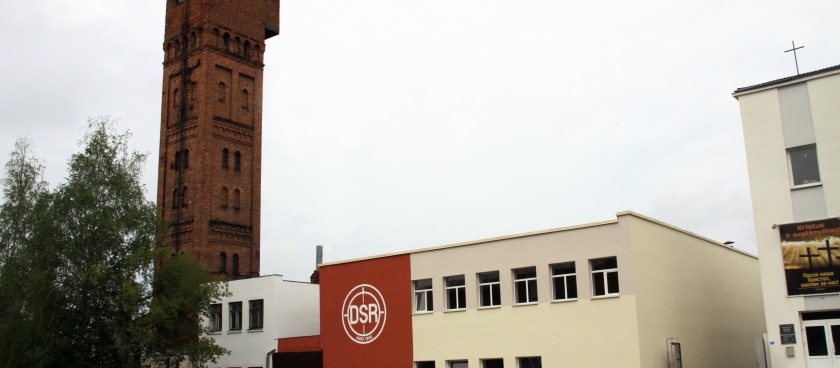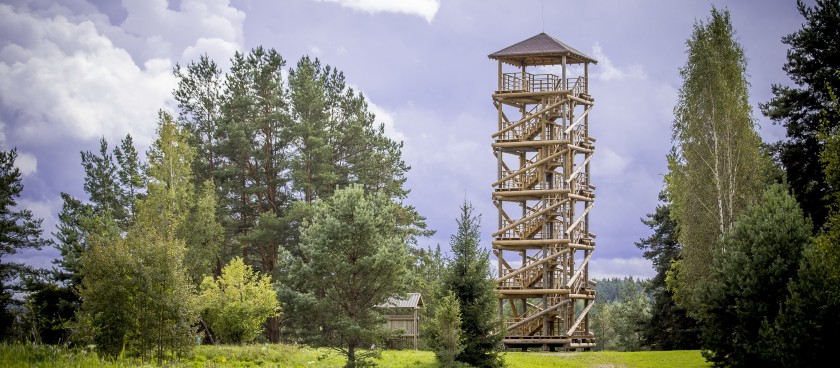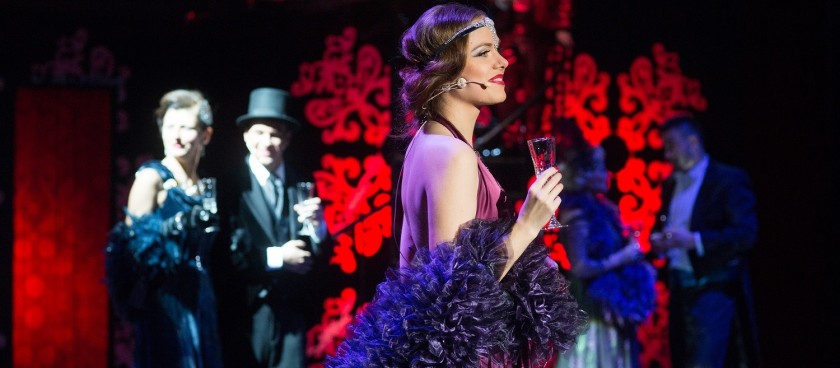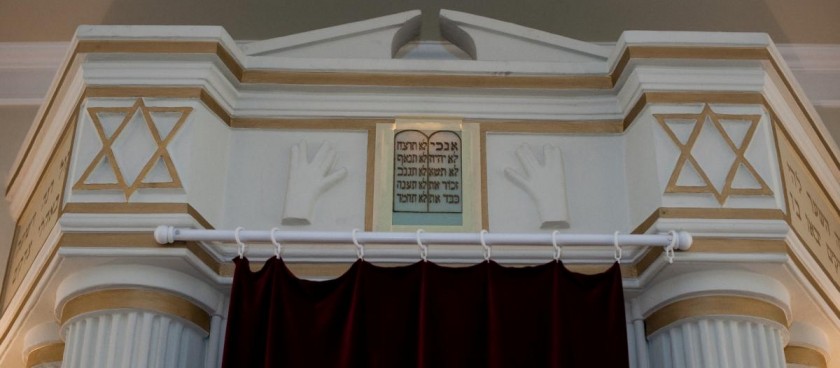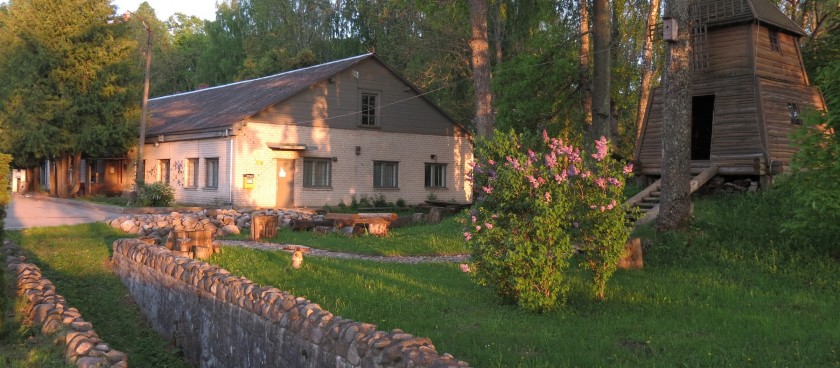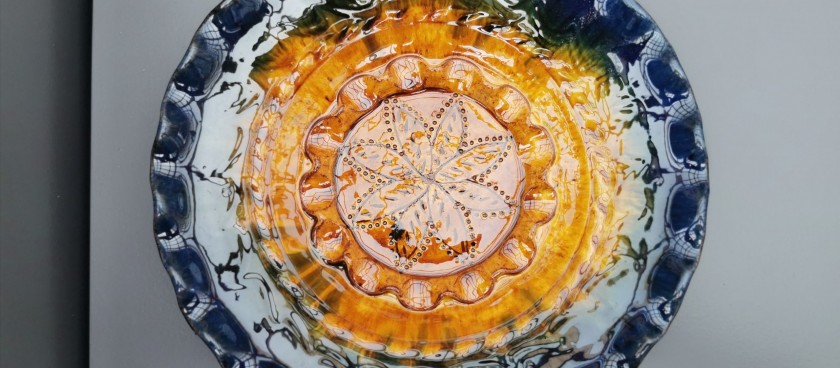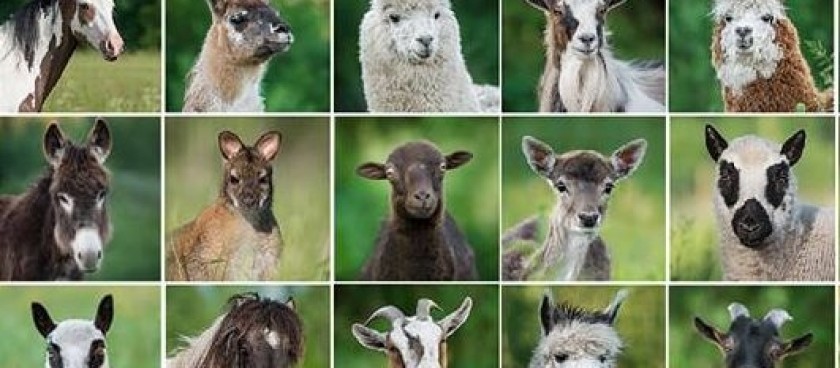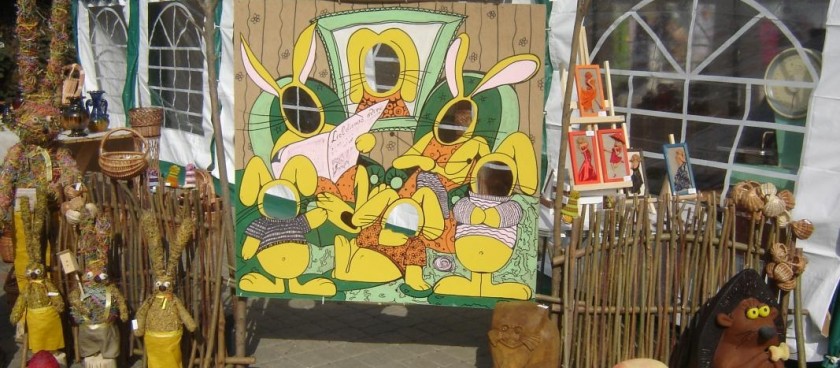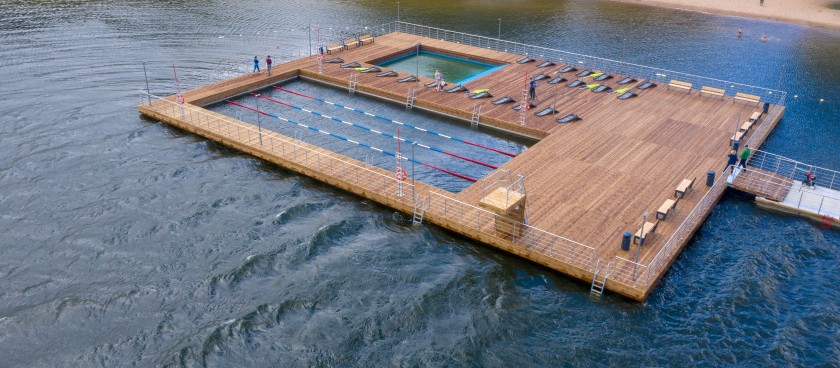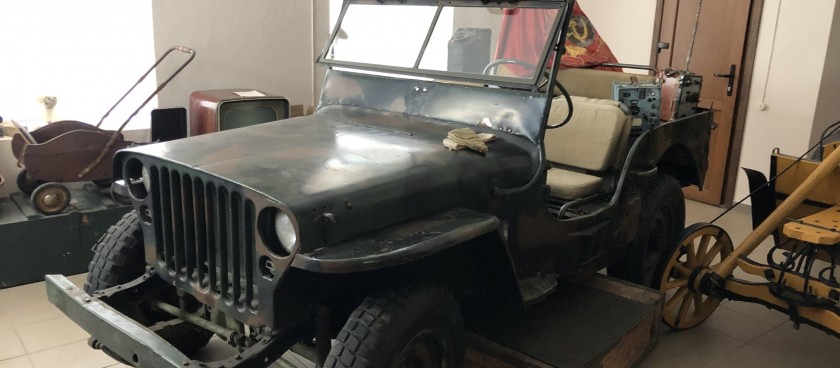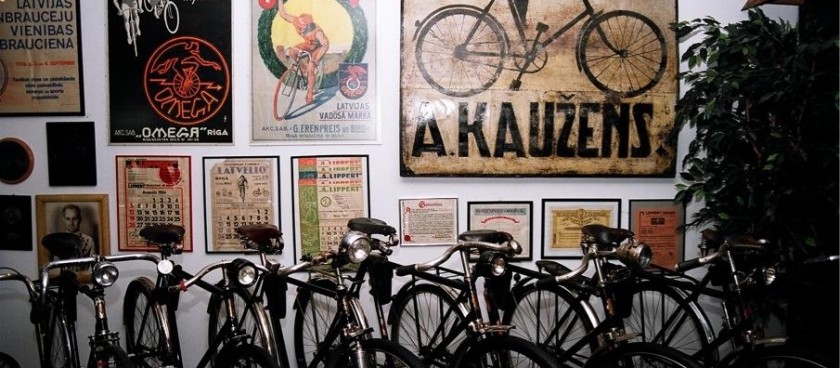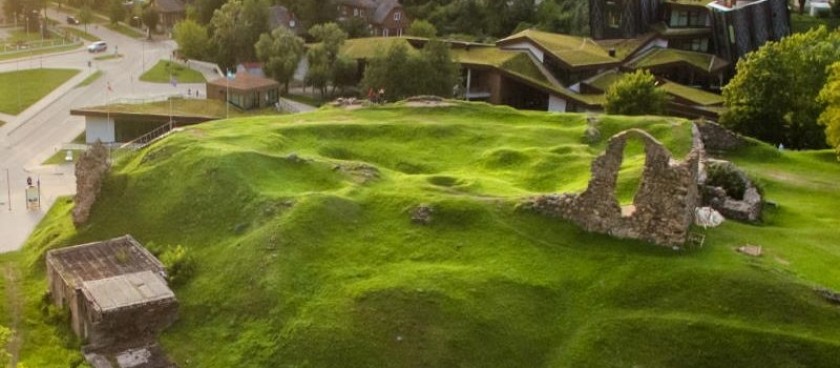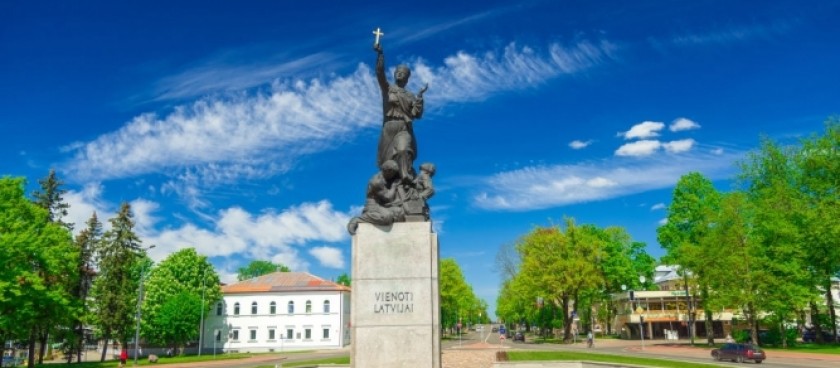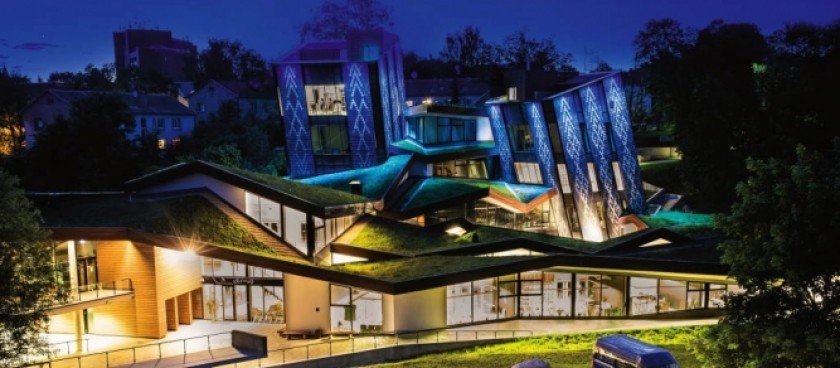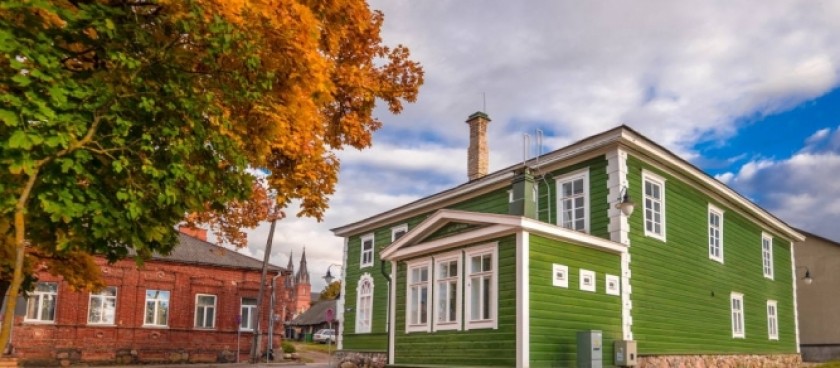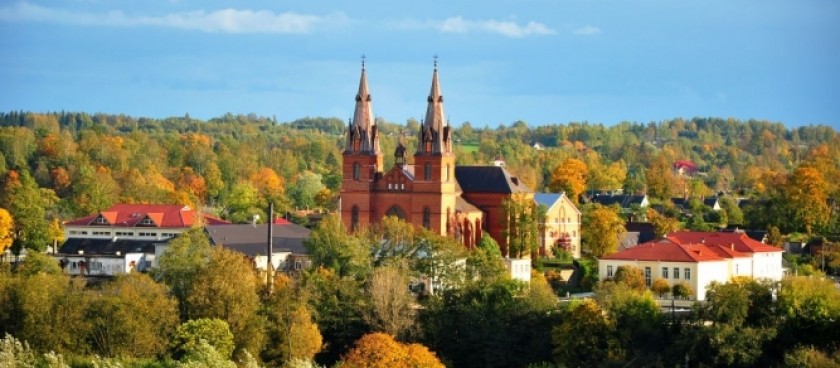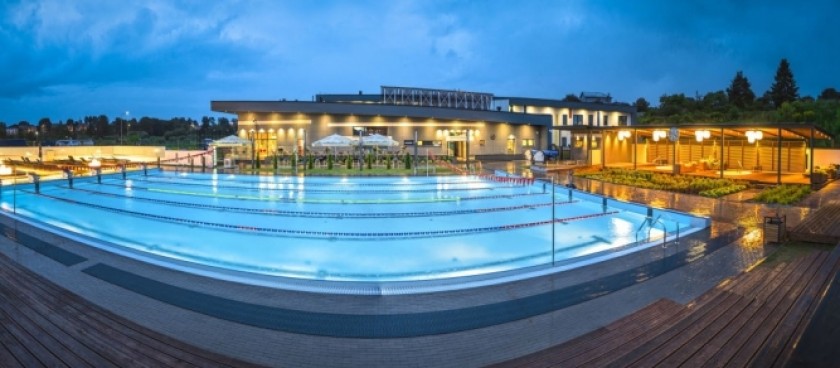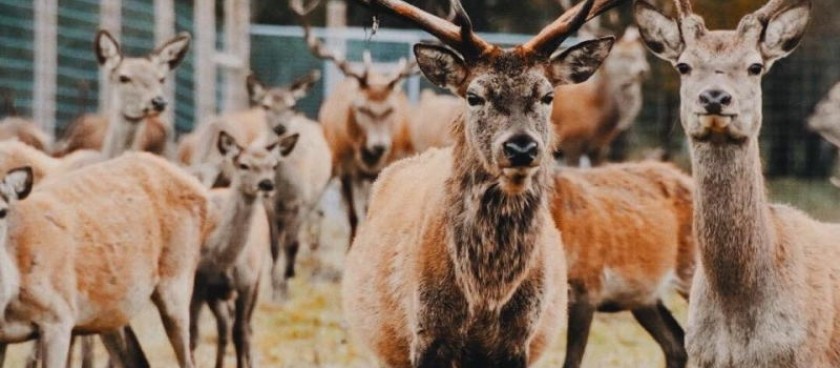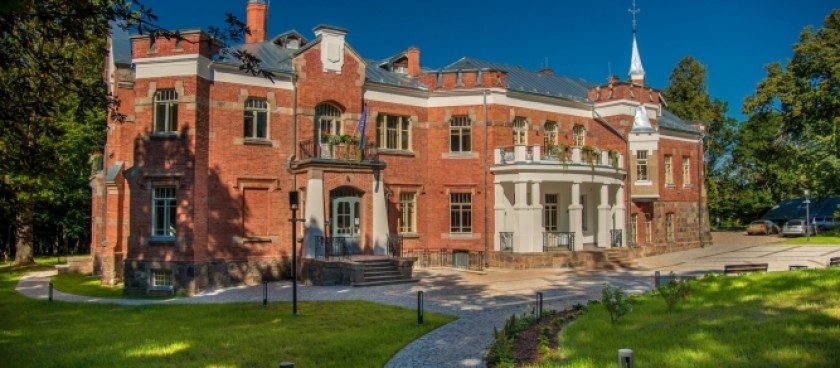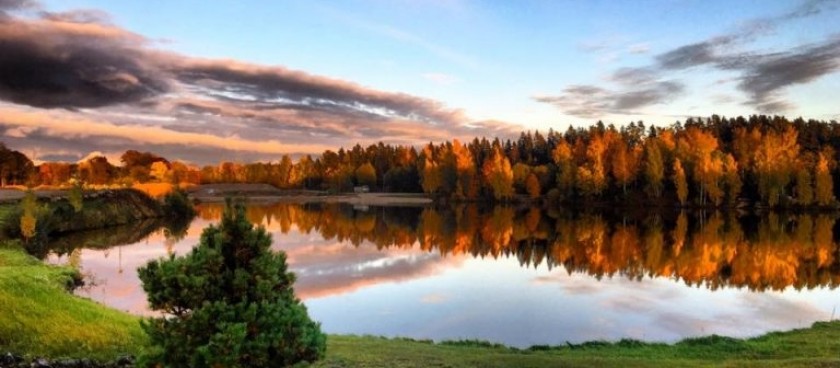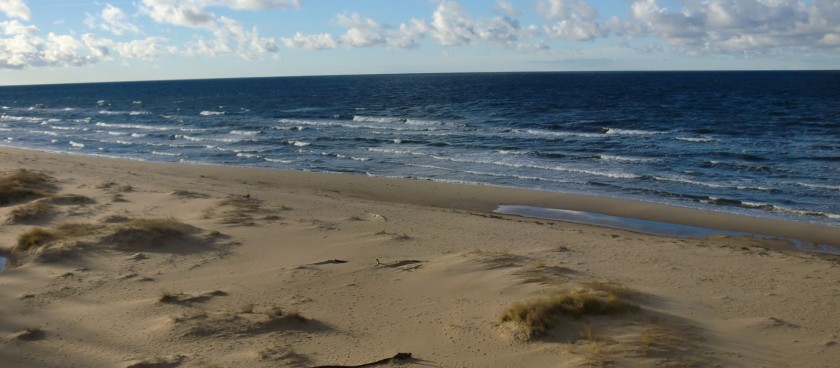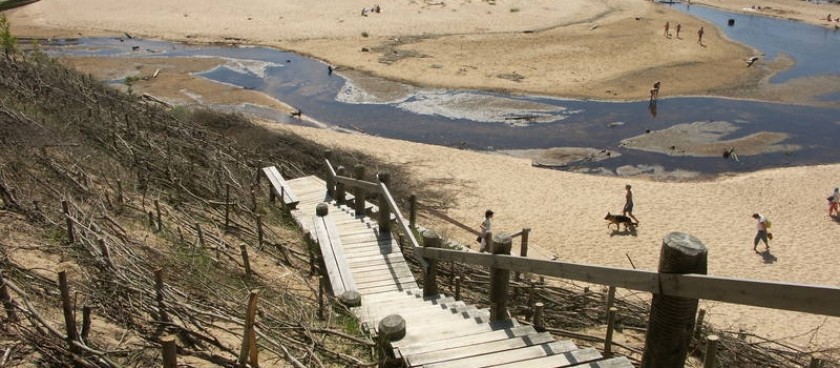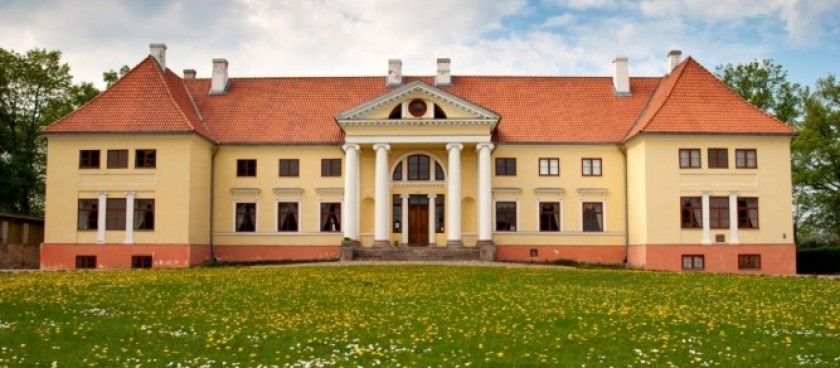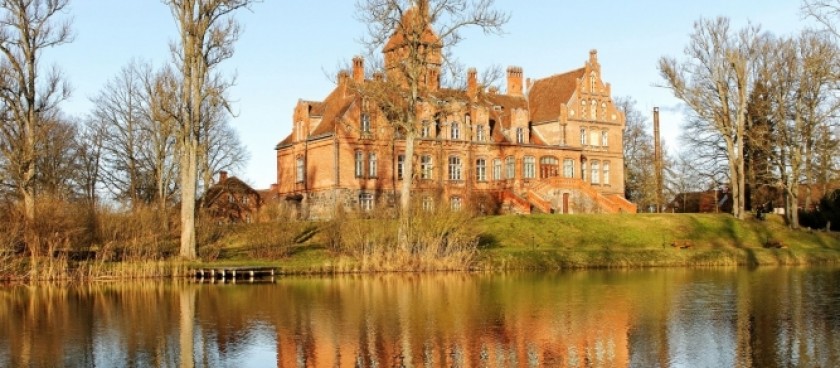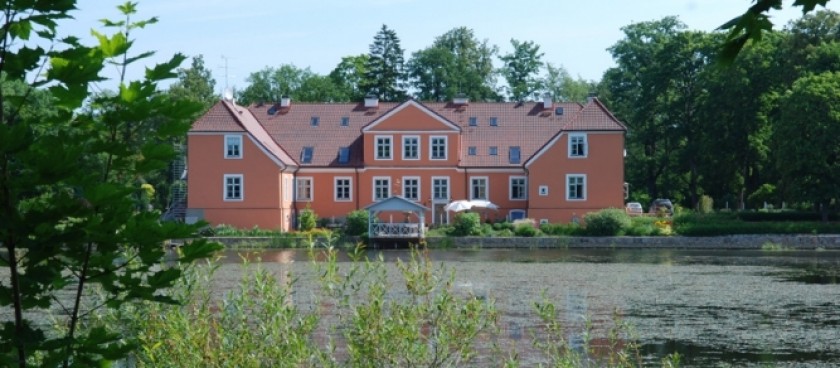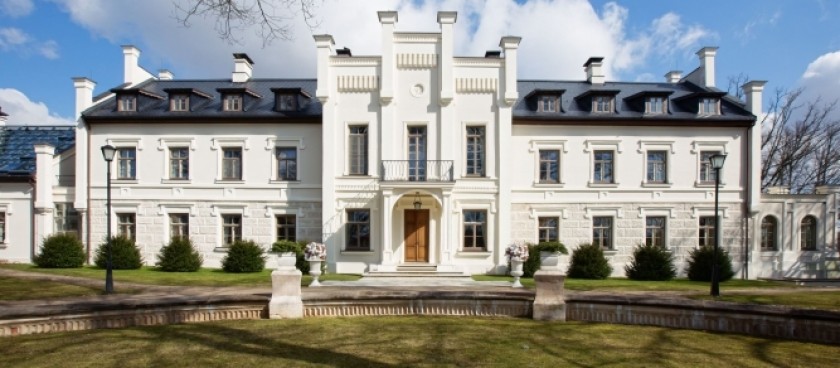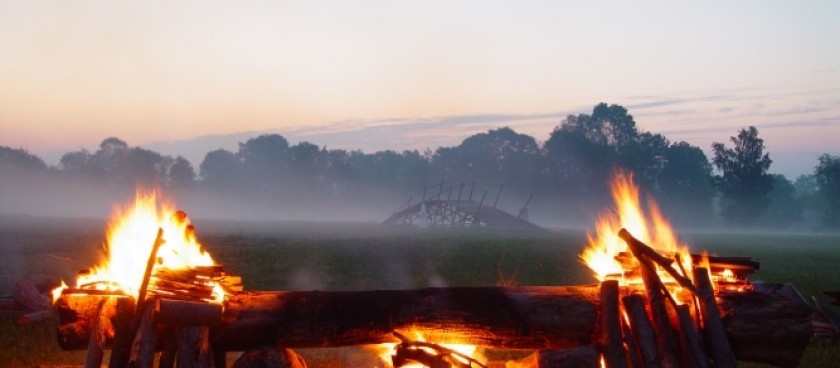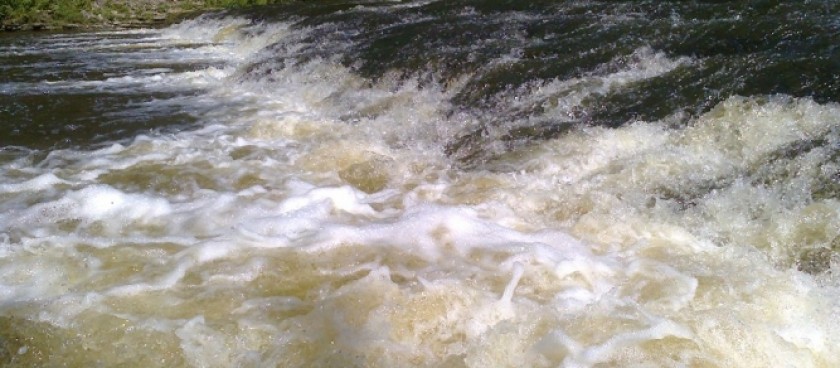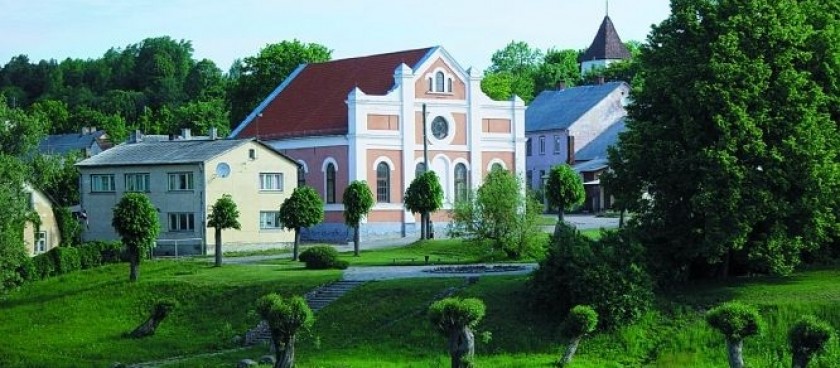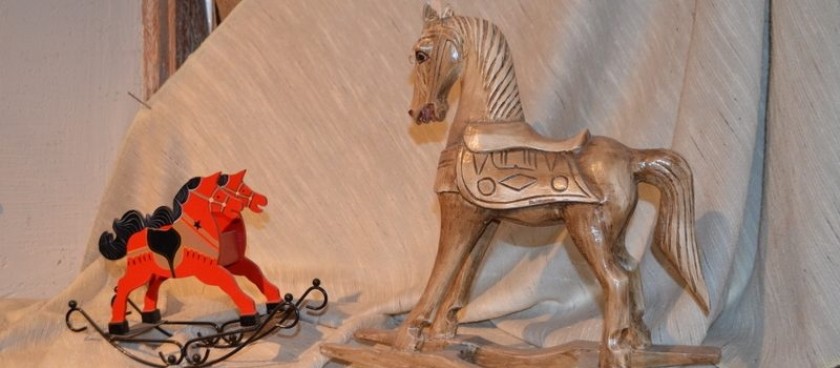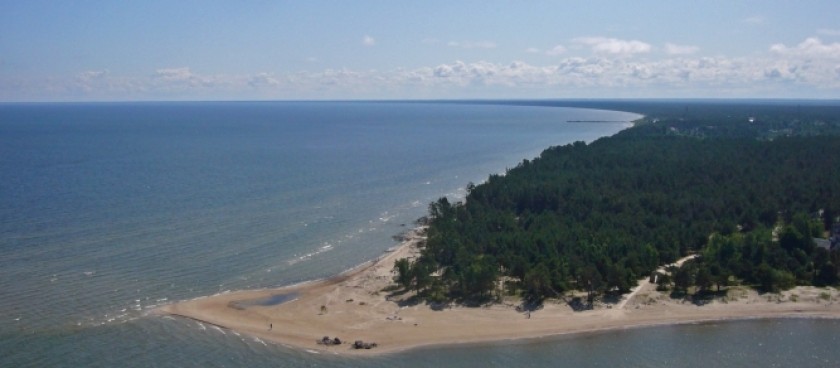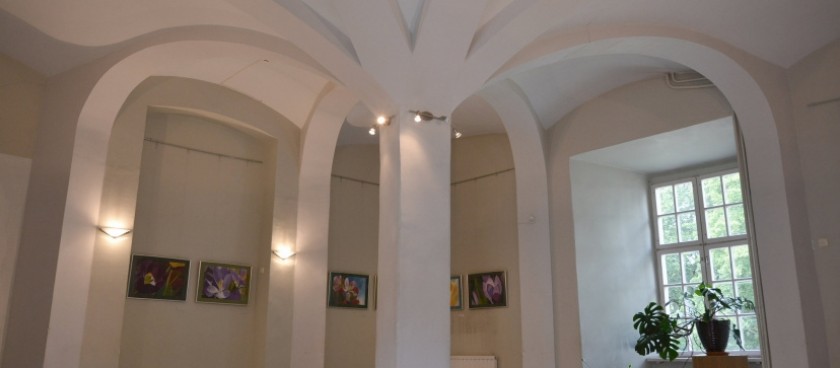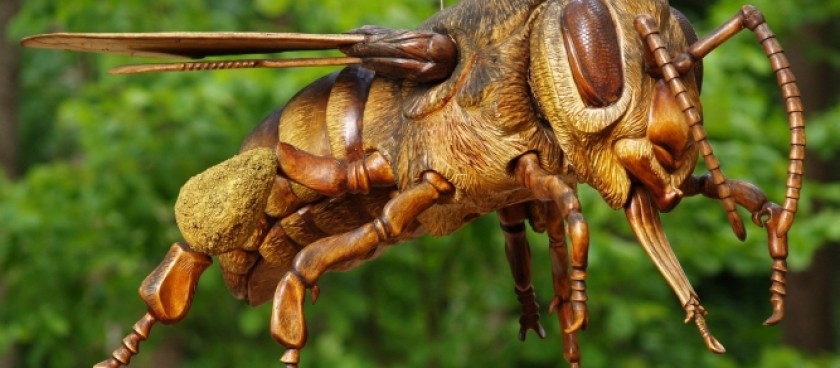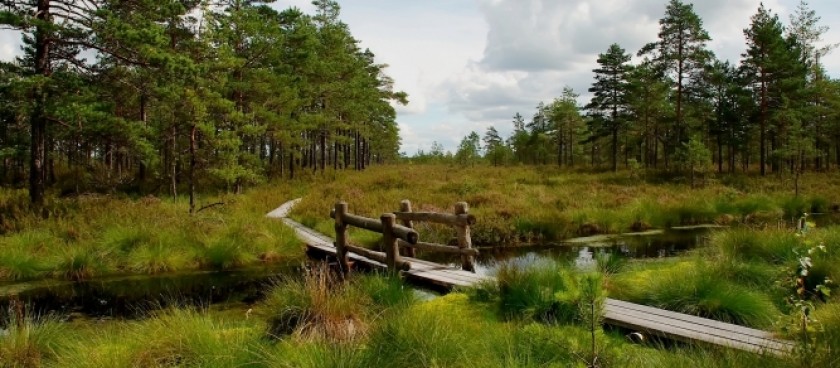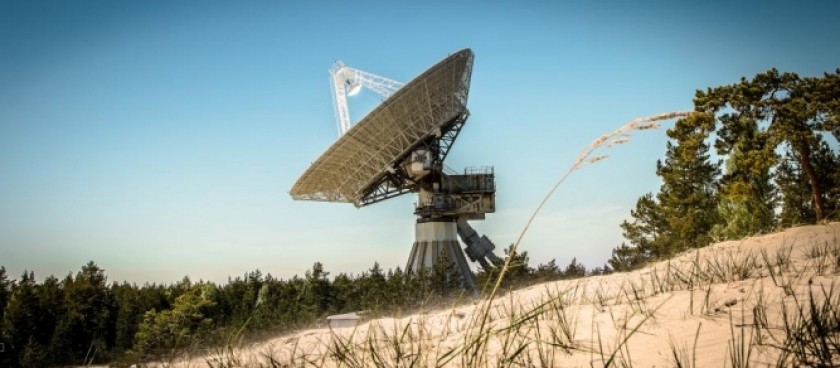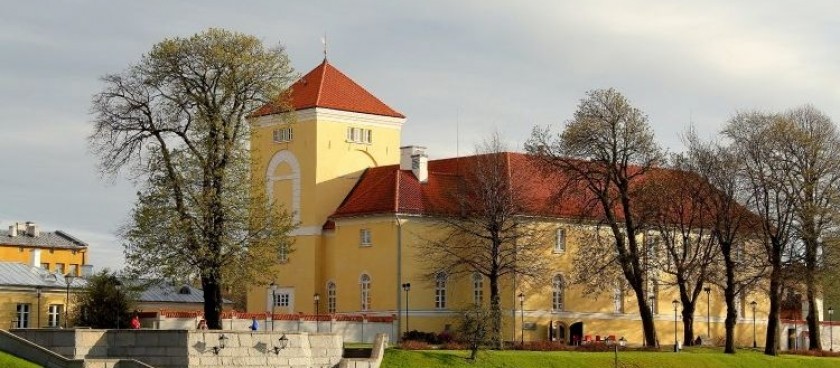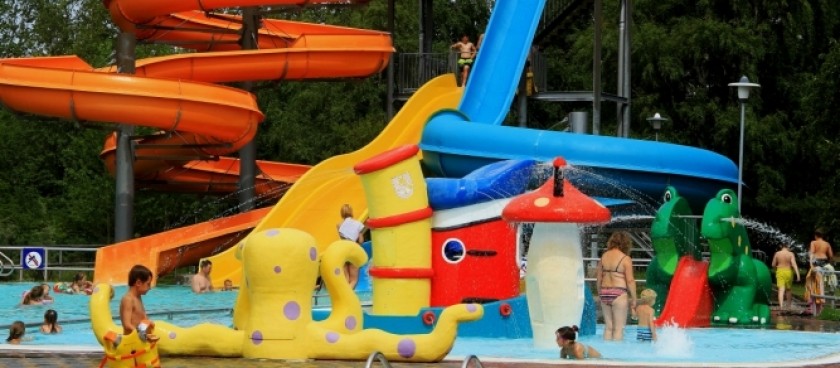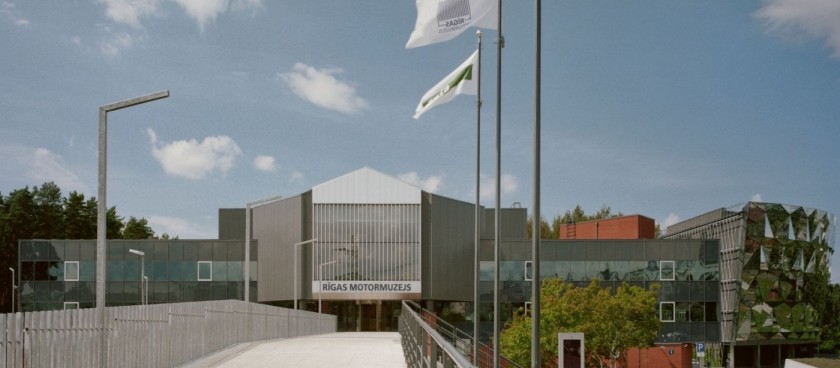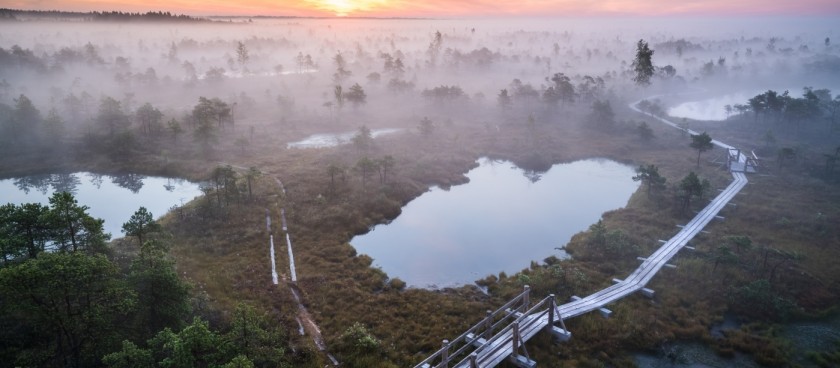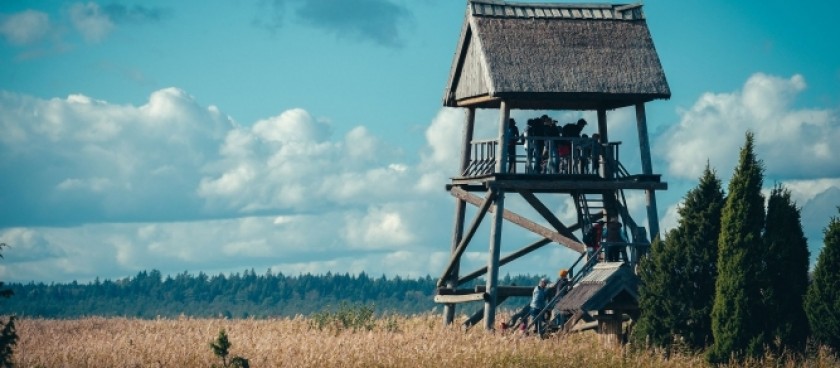Latvia tourist attractions
There are 105 places to visit in LATVIA at the moment 105Introduction
Either it is your annual leave from work, or it is your honeymoon, or you just wish your clear your head ahead of a new school session, whatever the reason might be for your visit to Latvia, there are some places you must not miss out visiting.
Even if you are there for a week or it is just a fortnight, just as there are a couple of some most beautiful places, there are also a couple of nice things to see in Latvia.
Location
Latvia is a country located in Europe and officially known as the Republic of Latvia. Having gained independence in 1918, this country has since existed as a democratic sovereign state and regarded as one of the Baltic states- a parliamentary republic.
To the north, it is bordered by Estonia, on the south by Lithuania, Russia is on its east and Sweden to its west. There is an approximate population of One Million Nine hundred and fifty-seven thousand and two hundred (1,957,200) people living in this country. Though Livonian is also spoken but considered as an indigenous language, their official language is Latvian.
Christianity is the most practised religion here and there are about ten ethnic groups in this country, there is a total landmass of 94,589 km2 with 2% of its total landmass being water. Euro (EUR €) is her official currency and it works on a time zone of UTC+2 (EET).
Like most European countries, its mode of driving for drivers is the right-hand drive and their calling code is +371
With the average height of their men around 5 feet 11 inches which are approximately 181.42cm and 5 feet 6 inches (approximately 169.79 cm) for their women leaving an average Latvian with a height of 5 feet 9 inches (175.61), Latvia ranks second in the ratings of countries with the tallest people on earth.
Climate
It is located on the Baltic sea, between Estonia and Lithuania or should I say it is located in the temperate climate zone. It boasts of landscapes that are well marked out by wide, beautiful beaches and thick, sprawling forests.
The capital of Latvia is Riga, a well-known area home to some of the country’s finest and best wooden art nouveau and architectural designs, a central market and also houses the famous St. Peter’s church.
The climate in Latvia is something that can be described as that of a typical European influenced climate. It features warm, dry summer, colourful autumn, a subzero winter, and spring floods.
It has a daytime temperature of around -5⁰C, January happens to be its coldest month and nearness to the Baltic sea often makes the weather breezy and humid. During summer, temperature could reach as high as 20-25⁰C and at times it could reach around 30⁰C- even more.
Come the middle of the year, say within May and September, with warm days and cool nights, this is when the summer is the best and you could take the chance to visit Latvia then. It is at this period that Latvia tourist attractions become more colourful with lots of tourists coming and going.
During this period also, there is no need for heavy clothing like in winter, where you may need heavy wears and rain due to the amount of rainfall that happens at that time, you only need to be equipped with light wears, nothing heavy.
It rains more in spring than it does during summer, while Autumn and winter are characterized by a bit of chillness and wetness.
Below is a brief chart of how each season shares the months:
Winter - December to March
Spring - February to April
Summer - June to September
Autumn - September to December
Most tourists claim Saldus, Kuldiga and Tukum are the top three main towns in Latvia, but the likes of Sigulda- located in Gauja National Park, Valdemarplis and Talsi (Kurzeme) are also regarded as some of the country’s main towns.
Based on the population of people that visit these beaches, the Jurmala Beach, Saulkrasti, Vecaki, Liepaja, and the Blue flag beaches have been noticed to be the country’s top five best beaches.
Despite these bodies of water in Latvia, it still boasts of high mountains like the Gaizinkalns- which is the country’s highest mountain point at 312 meters above the sea level and the Suur Munamagi mountain. Now, you have more reasons to visit Latvia.
Most interesting places, things to do
If you are the most bored person on earth, your ratings would surely drop immediately you step foot into Latvia because there are a million and one interesting things you could do. From tours to day trips to refreshing swims, delicious meals to try out and so on.
Latvia is so blessed with stunning and elegant nature views that to be seen, lots of exceptional, enthralling and attractive history to be heard, rich culture and traditions that to be explored, charming towns and villages to be visited and tasty and delicious cuisines to be tried out.
Latvia will not disappoint you as you are sure never to experience a dull or boring moment throughout your stay in that fun-filled and adventurous country.
Five Best places to visit in Latvia
Art Nouveau Architecture
One of the most beautiful places in Latvia, when it comes stunning architectural designs, is the art nouveau architectural centre. It boasts of art dating as far back as the 1904 to 1914 period. It is located in the country’s capital city. Riga hoists the country’s flag in terms of beautiful designs. These designs include multi-story buildings, geometric patterns, neo-classical windows and door and so on.
They have a mix of medieval and art nouveau throughout the world. Visit the UNESCO building in the city and you will enjoy watching these marvellous pieces of art. This place of magnificent art beauty is one of the best places to visit in Latvia.
Wildlife centres
Though they may not be on the chart for wildlife destination, still, Latvia is home to a wide variety of animals like wolves, wild boar, red fox, lynx and so on, including birds of different species. This is because the country is covered with about 40-50% forest, which these animals find sanctuary in.
If you are thinking of visiting one or two of these of wildlife locations, the Tervete Nature park and Pape nature park. Also, one of Latvia famous places where wildlife especially birds can be seen is the Ragakapa Nature park.
Old Riga Town
Riga- Latvia’s capital is one of the oldest and Latvia’s famous places to visit. For many reasons it is suggested that you visit here top of your list as it has an arrangement of the setting of traditional attractions. Riga is one of the best places to visit in Latvia.
It may take a few days to fully explore this city but it is all worth the time. undoubtedly, Riga is one of Latvia beautiful places to visit.
Site National Park
This place is often considered as one of the country’s great natural jewel located in the Kurzeme region. This place is an embodiment of beauty as it features beautiful blue hills, undeveloped coastlines stretched out long, rolling dunes, and a great body of amazing rolling dunes.
Rundale Palace
The Rundale Palace was gifted to Latvia by the Russian empress known as Catherine the Great and it is regarded as one of the relics from the rule of the Russians.
This palace is decorated with a blooming red rose garden and lawns neatly cut in what is known as the English-style. It is located in the town of Bauska. Today, a lot of tourists visit this palace in great numbers exploring beautiful works of art exhibited in the palace museum.
Top things to do in Latvia
• Learn the history of Latvia
One of the best ways you can do this is by visiting some unusual places, or museums. You could visit the Chair-makers’ museum – amongst a host of other places. It is a small place- or maybe tiny is the right word, dedicated solely to chair making as it the area’s main occupation.
Unlike visits to some other places, this might cost you a bit but trust me, it is one hell of an amazing experience.
• Walking in a Bog
Another of Latvia points of interest is the bog walking. No doubt, walking in a bog is one of the most interesting things to do in Latvia. It involves having boardwalks on amazing terrains in the country.
• Participating in a midsummer celebration
This is one adventure party lovers would never afford to miss, not for anything. if your journey to Latvia falls right in the middle of June then you should make it out to join the midsummer celebrations held annually in the city of Sigulda.
It happens on the evening of June 21 and lasts till after sunrise. That day is usually the country’s longest day of the year and people from all over the country visit Sigulda to partake in the celebrations.
Exploring Ceiss, hiking in the Gauja national park, mountaineering, going for mountain bike ride, visitation to the old sigulda castle and Ligatne are some other interesting things to do in Latvia.
You may not visit all, but you should at least ensure that by the end of the day your bucket list on places to go in Latvia has been ticked lavishly.
Administrative divisions, demographics
Latvian and Livonian are the two languages spoken in Latvia, the former is regarded as the official language while the latter is seen as an indigenous language. In reality, the latter even has a special legal status, likewise the country’s sign language.
Latvian sign language is used by the deaf to communicate and has about 2,000 speakers in the country. Its legal status even states that it would ensure the development of the language and use it as a means of communication for citizens with impaired hearing.
There is seven top and commonly found religion practised in Latvia and they include; Christianity, Lutheranism, Catholicism, Orthodoxy and people with no religion often called the free thinkers.
With about 80% of the country’s total population practising Christianity, it is the most widely practised religion in the country. Lutheranism, the staunch followers of Martin Luther follows at 34.3%, Catholicism, Orthodoxy, and free thinkers follow suit at 25.1%, 16.9%and 18.3% respectively.
Her largest city is Riga- it's capital and of the more than one million people living in Latvia, 62.3% accounts for Latvians, Russians at 24.9%. Other residents include; Belarusians at 3.2%, Ukrainians at 2.2%, Poles at 2.0%, Lithuanians at 1.2% and others accounts for 4.1%.
A study of the 2018 total fertility rate places the country at about 1.61 children given birth to, a small figure when compared to the 2.1 replacement rate. As of 2013, the average life expectancy of Latvians was placed at 73 years and few months.
Sometimes around the 13th and 19th century, some Baltic states (majorly the Germans) had almost fully dissolved into the German culture, developing special cultural heritage which is a mix of German and Latvian cultures. Presently today, the country is known for her traditional Latvian folklore, dating back as far back as over a thousand years and has more than 31,000 of her other traditional songs which have been translated and identified.
The country is a respecter of human rights making the United States Department of State ad Freedom House rank them above many “above-average” countries in the world.
Transportation, communications
Latvia is a country with different modes of transportation. There is a good road system, railways, airports, ports and harbours, waterways and pipelines and merchant marine.
The road networks from A1 roads to A2, A3, A4 and so on. The longest road in Latvia links the Riga-Daugavpils and is around 307km long while the shortest is the Rezekne ring road and is about 7km long. The rail lines are state-owned and it includes the passenger train and a narrow-gauge railway.
There is only one major international airport and it is located in the capital city. It is the largest airline in all the Baltic states and flies directly to more than 80 destinations across 30 countries. There are 51 airfields in the country and 27 boasts of fully paved runways.
One of the country’sports, Port of Ventspils is the busiest in the Baltic states and more than half of the cargo transports majorly oil products and crude oil.
With an estimated 1.5 million internet users, the country has about 79% of her population actively using the internet. In 2019, Latvia fully adopted the 5G communication network for access for members of her country. And other network signals like the 4G and 3G networks are still used.
In terms of telecommunications, Latvia operates six radio networks with dozens being private radio stations. There are also, a couple of national and regional commercial TV stations. Their calling code is +371 and their main lines 97th in the world with a little over 500,000 lines currently in use.
The natives of the country are polite, as they communicate with warm, courteous greetings. Though reserved, they are one of the most welcoming hosts around the world.
Latvia is one of the safest countries to travel to as crimes there as so low, so low to the extent that it is relative to saying crime does not exist in the country.
Food, drinks
Initially, true Latvian food used to be simple, very basic, like porridge, bread, and simple broth soup. At times it could rye, grains, barley and other plants. However, as more veggies and grains became available, their food became diverse and kind of complicated to the extent that each locality in the country now boasts of great cuisine.
Foods ranging cured, smoked, fried, and grilled are always available. The presence of the sea also makes the addition of and other wonderful flesh meals available in the country.
One special thing you will notice about any Latvian food is that it bears a connection with nature. And favourable climate also determines the type of food present at certain periods. History even has it that some of the Latvian cookeries could be traced back to the occupation of the Latvian people by the Germans and maybe the Soviet Union too.
That is why today, you would notice that there is a touch or taste of German, Russian, and Polish influences in Latvia’s food. Suffice it is to say that they even share some recipes. However, due to regional variations, the way these dishes are prepared differs across these countries.
For instance, you cannot compare the way a German would prepare Sauerkraut- a dish of fermented raw cabbage, to the way a Latvian would- even though the same recipe is used.
Below is a list of some the country’s best dishes to try out-for a fee though.
Kartupelu or Potato pancakes
You might have tried out pancakes on a couple of times but not the potato pancakes made in Latvia by the Latvians. It is known with different names among the natives of the country.
Potato pancake is best chicken kiev, cauliflower, creamy mushroom and so on. Potato is a common food in Latvia and can be found in almost every meal in the country. To enjoy your Potato pancakes better, you should consider eating it with dill and sour cream.
Jani cheese, stewed sauerkraut, traditional Latvian pork, smoked fish, shashlik, grey peas, dark rye bread pudding and so on are amongst the other nice and fantastic dishes you should try out once you and in Latvia while the notable drinks common there is beer, the Riga black balsam- herbal liquor that contains a mixture of vodka, herbs, flowers, berries and so on, Herbal tea and so on.
Economy, culture, foreign relations
Latvia practices an open economy and it is classified as one of the Developed High-income economy countries Over the years they have enjoyed Bi-literal trade benefits and belong to a couple of foreign bodies like the European Union (EU), World Trade Organization (WTO) and so on.
They spend more on importation than exportation with major imports being; fuels, vehicles, machinery and equipment while major exports include wood and wood products, foodstuffs, and textiles.
Latvia is often regarded as a small country big literature. Literature in this country dates back to hundreds of years ago but there was rebirth after her independence from Germany and it was long before Latvia also became recognized in the literary world.
Some of the country’s best writers include Nora Ikstena and Janis Einsfield while current EU Prize winners Inga Zolude and Janis Jonevs are also natives of Latvia. The literature field is Latvia is a blooming one likewise their music industry.
The traditional music of Latvians is commonly called Dianas. Dianas are short music, usually one or two stanzas with no rhymes.
